|
The Metamorphosis of Vine to Wine Charcoal, 78" x 57" 2019 "Three bowls do I mix for the temperate: one to health, which they empty first; the second to love and pleasure; the third to sleep. When this bowl is drunk up, wise guests go home. The fourth bowl is ours no longer, but belongs to violence; the fifth to uproar; the sixth to drunken revel; the seventh to black eyes; the eighth is the policeman's; the ninth belongs to biliousness; and the tenth to madness and the hurling of furniture." From the play Semele or Dionysus by Eubulus, c. 375 BC I never knew my grandfather, on the Greek side, but am named after him, Constantinos; His nickname on the island was Barba Chedeli. He cleared all the stones from the valley to grow crops that were sold at the market. Built his own house, furnace and wine press where grapes were crushed underfoot. Drinking in moderation, but enough to loosen the poetics of song and dance. In the face of war and famine, he was quite simply, glass half full. I thought I knew my father, a Pole. But he could never talk about the war and famine that exiled him to England. Vodka was never enough to loosen the poetics of song and dance. He loved me but I don't know if he was ever truly contented. No words in any language could quench his half-empty thirst. The mist drifts down the vineyard and into the corridors of the mind. This is the story of four bowls plus one and four. Drinking rituals executed with no particular rhyme or reason, beginning or end. An Existential compulsion. Top, left to right: Ruin of house built by Konstantinos Christofis, oven and wine press Bottom: Valley of rocks cleared for cultivation of crops, Oinousses Musical refugee as the city of Smyrna burns 24x20" charcoal 2009 A cafe in Smyrna where a Greek lad brazenly sings about killing and raping the enemy; And as he staggers home, drunk, after closing hours, a knife is plunged into his stomach. He dies in the arms of his sister asking for a glass of water. The heavens finally open to provide relief to the unseasonal temperatures. The family are sharing a heady brew, performing the last rites with a night vigil. Tomorrow they will gather their strength to bury the elder. But the stomach of the corpse starts to rumble and the children laugh, contagiously. They and the dead have not eaten any food in three days. The radio broadcasts convey the indifference and desperation of the phoney war. The family decide to bury their prized possessions, including a crate of wine, Little suspecting that the Nazi's will plant a colony of new forests on their land; At the same time, neighbours are either executed, or forced to wear a yellow triangle on their back. 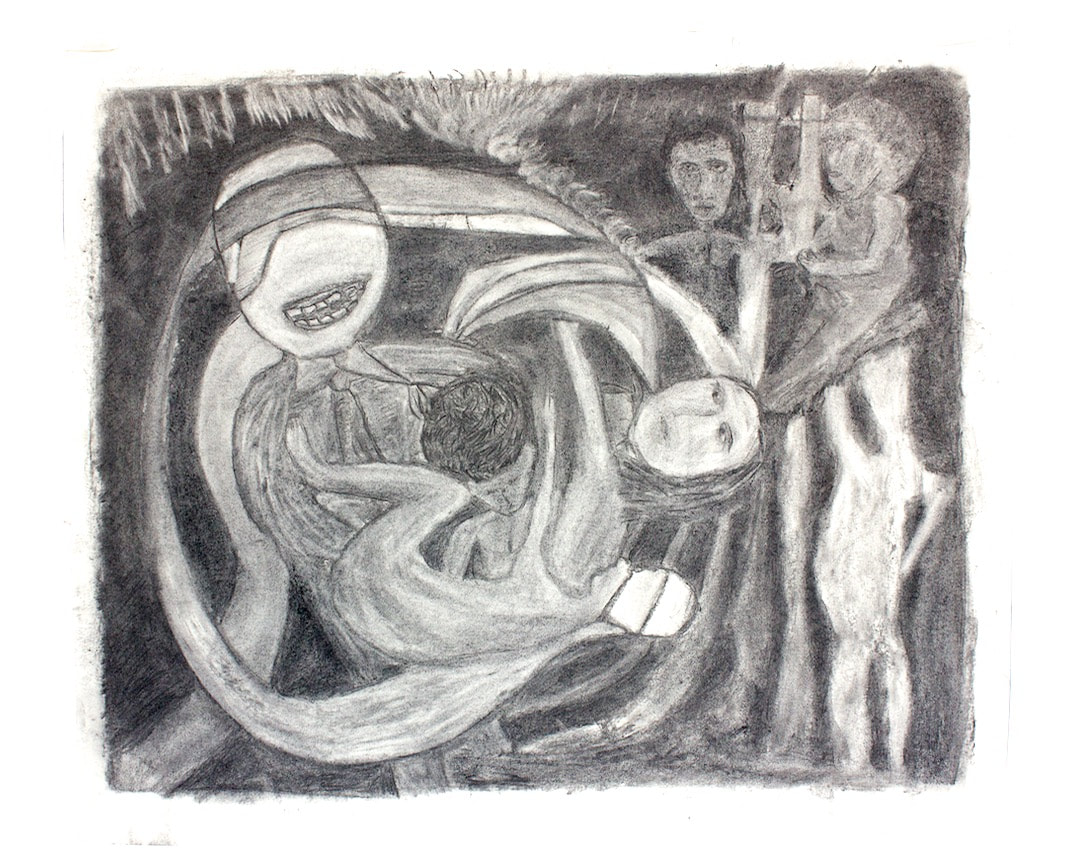 Bound and gagged 23x19" Charcoal 2010 The student on the Intercity 125 has a Cold-War identity crisis. Tucked in the breast pocket of his 1940s herringbone overcoat is a 50ml bottle of Glenfiddich And a notebook of Ted Hughes-inspired poetry written under the pseudonym of Marian Evans. The wonders of a comprehensive education and full-maintenance grants; With enough left-over change in the other pocket to fund decadent posturing. Thatcherism hasn't fully fucked up or revolutionised the country, yet. Every time she cooked a meal, pasta alla wild fungi, cooked in red wine, Trying to worm her way to his heart through the stomach: His stomach ached and gassed for several hours, kiss by kiss. Lilac Wine by Jeff Buckley was playing in the background. There is a lone child in the other room of the flat and it is hungry. With bottles scattered behind pot plants, cans crushed under sofa cushions, She has had too much to drink and vomits up a meal of alphabet vegetable soup. And now still retching, trying to divine the significance of letters in the sink...G...M...T.... Suspense with suspenders 24x20" Charcoal 2009 It's a hen cruising night at Camden, three over the clock. Sat on the edge of a kerb stone, dress semi-hoisted, bladder overflowing, She wants to leave her piss stain for all the zombies in town. England have been knocked out of the World Cup. Then. Commotion. Club-crawlers are alarmed. But as her eyes refocus, there is a female death-metal band running down the street. She laughs at this godforsaken photoshoot and dribbles more pee. Instinctively. Fingers. Instagram. He has a name in the art world for creative notoriety in the manner of Francis Bacon: Violently bragging about who dares wins, fuelled by drink more harmful than cocaine and heroin. Not to be outdone, his partner has left him for an Amsterdam retreat. They are cursed to fantasise about each other in hangover and high mushrooming cloud. The cuts and bruises still fresh on their respective bodies. There is a trade war between China and America. Tree as a thorn in my eye (Set design after Wojciech Has's Saragossa Manuscript) 23x19" Charcoal 2010 Donning hat and coat and slipping on dancing shoes. Le freak, c'est chic or is it the Can-Can? His or her mind is shifting in time and place. And this is the first time you fully recognise a problem with hearing and balance. All those drunken conversations and couplings, fading to static and then silence. The flesh, still willing, spinning you on the dance floor; until the world falls from grace. Your life was foretold in the opening sequence of the film, Le Plasir (1952), Where a masked young dandy celebrates life on the dance floor, then collapses. How is that possible? Perhaps, if we cut out the liver and rip-off the facial mask, Everything in the spurting toxic blood will be revealed as both ancient and Science-Fiction. L-R: Three generations: Konstantinos, Constantine and Kazimierz Gras
0 Comments
Cameras used by the Gras and Christofis family from the 1950's to present day: 1. Agfa isolette II, Made in West Germany, C1950's, 6x6 film 2. Bilora Bella 44, Made in West Germany, 1958 4×6.5 film 3. Bronica Zenza, Made in Japan, 6x6 film, C1980s 4. Praktica MTL50, Made in East Germany, 35mm film 1986 5. Canon EOS 3. Made in Japan, 35mm film, 1998 I suspect my best photographs come from a black and white documentary project of Kensal Green Cemetery that took place from 2000-2010, amassing thousands of photos in the process. These have never been displayed before. I want to showcase my work by reproducing three of the more expressionistic photos that are enhanced with darkroom techniques. We conclude with a rare colour slide. 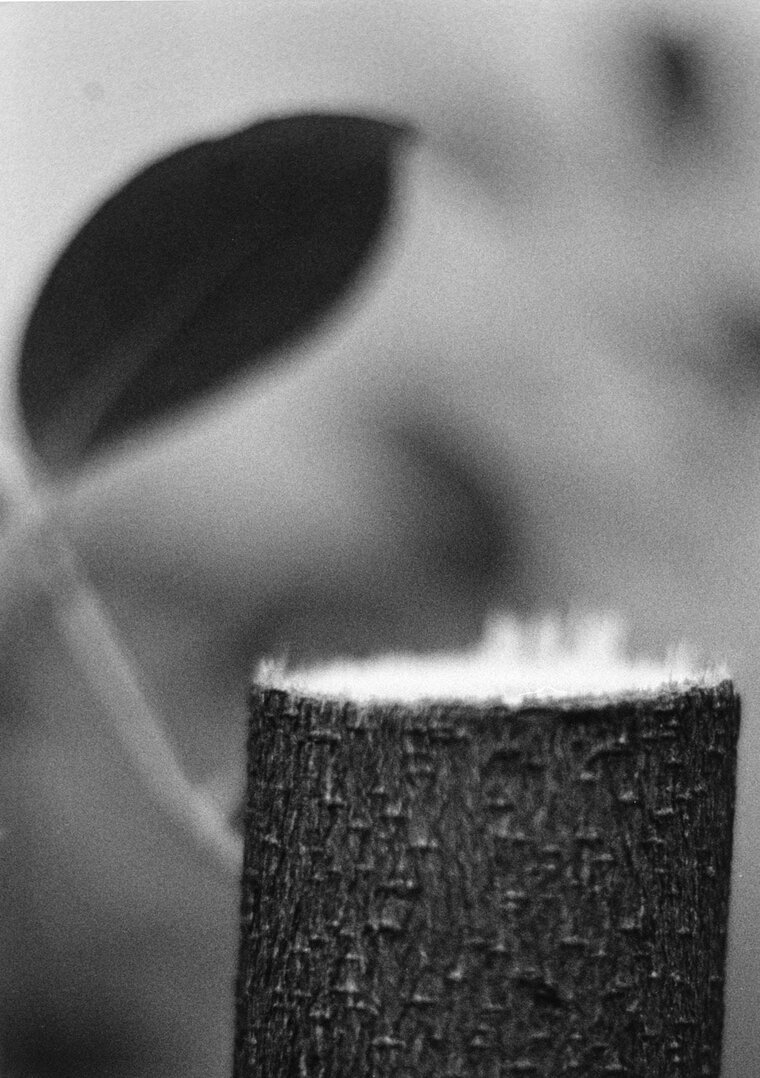 Severed Selenium toned paper 21x30cm, 2006 Limited edition print 1/2 Beyond the tree Solarised print 21x30cm, 2004 Limited edition 1/1 Classic Greek column topped out with plant growth Experimental darkroom print 21x30cm, 2004 Limited edition 1/1 Two into one
Double exposure 6x6 negative 2005
Unfurl a roll of paper to walk across the marsh grass fields of Kenilworth. This is a landscape that once had an artificial lake to defend the castle And where the longest siege in English history took place in 1266. The medieval scream of arrows is not conducted into my middle ear. But an image develops in the liquid memory. Bright young things, mustering arms, on the footbridge. A battle of poohsticks in the brook. Laughter resonates even at times of civil war. The paper curls back. This is a photo essay that will be updated at 10 year intervals, life permitting. September 2007. I was sitting on a bog standard bog seat and spied the contents of a waste bin. In the bin, a crumpled newspaper, with a face peering out that I could not quite put a name to. Wrapped inside the black and white pages, a bloody sanitary pad. A creative thought and a series of images flashed through my mind and across the ages. Queues outside Northern Rock bank. The Snow Queen. Blair t-shirt (man arrested). There I was a Guardian reader turning pages in a darkroom, 2007. Here I am in 2018, reading the Financial Times Weekend supplement in an autumnal garden. I am about to lose my balance: a sprained ankle and possibly a fracture. As my foot is elevated, I wrap away the swelling and bruise in newsprint. I recall a satirical drawing with Donnie Trump and Theresa Maypole. Another thought and image flash guns in the era of Fake News. Through comic tears and social fears, I am not really sure who I'm addressing this "to". On Saturday 14 April, 2007, the sun set over the resplendent fields of a Northumbrian landscape. The master and mistress of the land were not at home. Sir Humphrey was away for the weekend and Lady Humphrey will not stay on her own in the twelfth century castle. Chillingham is reputed to be haunted.
The grace of night was disturbed by the master's son and two grandsons. Mounted on mechanical steeds, they powered their way around an obstacle course acting very much as their great forebears must have done: familial possession of land and land that possesses in return. With all this expansive and expensive land, one imagines there is very little breathing space for poor old ghosts who are obliterated by the 250cc combustion engine of a quad bike. As the boys raced into the distance, fifty or so cars arrive for a charity fundraising do. Chillingham Castle has long since opened its doors to the paying public. The event this evening is a Fright Night raising money for Diabetes UK. Before a tour of the ground and building and to get the blood sugars active, we were shown a film about the paranormal. David Wells then took centre stage and stressed the need for individuals to make up their own mind. There is more to heaven and earth, than is dreamt of in our philosophy. Once upon a time, I wanted to believe, but I have long since given up on ghosts. Or have they given up on me? During the night and early hours of the morning, we flashed our torches across the damp walls and floors and furniture. In total, I attended six vigils. The guides tried their best to summon forth spirits: please, move the curtain; or blow out the candle; or knock; make us a sign that you are here; please, please! The pleading voice echoed around the room. The room gave nothing back to me. Do any of you feel cold air currents passing through the dining room? Nothing. At the end of our vigil, there was a successful attempt to merge mind with matter. Eight pairs of sweaty palms were placed on a small table. Was this an ancient ghost, not so steady on their feet and needing to use four legs and eight palms as a crutch? Thousands of photographic images were taken by a third eye bugling to peer into the unknown. Maybe we were too polite and the ghosts got fed up with us "flashing" before taking a photograph in the pitch darkness. "Prepare yourself, I'm going to flash." "Cheese everyone." I cheesily flashed and then watched others as they examined their digital images. Could this be an orb? An imprint or expression of dead souls? I have to confess. The photographs you now peruse were made by the analogue devil. One who resurrects the dead with chemicals. The only ghosts present were the ones crafted with exposures of more than half a second. A though-provoking exhibition about the future of Kenyan forests is currently showing at the National Museum in Nairobi. It has been conceived and curated by the renowned film maker Jacob Barua. Let us listen to him as he guides us on a journey through this exhibition which is also an installation and happening. "Nearly half of this exhibition comprises photography of forests by the late Stan Butrym. He was recognised as one of the first Polish pioneers in the field of championing forests as an source of aesthetic inspiration. He has supremely captured the almost fairytale, eerie and surreal ambience of these Polish forests." "Poland's forests are majestic and mysterious. The last remaining primeval forest in Europe has survived only in Poland and was named a UNESCO World Heritage Site and an incredible 29% of its territory is covered by forests. The oldest documented tree in Poland is 1250 years old. The fauna is equally astounding as it is the only country in Europe with freely roaming bison, lynx, bears, boars, wolves and other animals. Over 500 years ago Polish Kings were among the first in the World to create environmental enclaves, having officially placed many forests under Royal protection." "However the main message of this show is not so much the factual beauty of Polish forests, but an attempt to provoke Kenyans into loving their own forests. As you walk around the display you will encounter numerous suitcases each with tree seedlings. These are Kenyan indigenous species that are on the verge of extinction. I made the selection by closely consulting with top Kenyan botanists to get this right. Kenya is becoming one big Australian forest. We have decided to opt for species from down under. and no longer plants local ones. There's a widespread belief that Australian trees grow faster and give better yields. The scientists I have interacted with say this is a baseless myth. But then how do you tackle a myth once it grows roots?" "There are also books on benches as this is meant to be a "Departures Lounge" on an eco journey. I thought in particular Wangari Maathai and Lech Walesa were relevant to the event. Wangari had her head slashed with a machete during her long fight to save Kenyan and world forests. While on the other hand we have an electrician who helped topple a system that didn't care at all for the environment. Here I am showing that whatever station you have in life, you can make a difference to humanity as a single determined individual. " "Even audio performances are used as impromptu happenings to enhance the entire event. I literally grab visitors with whatever skills or talents they have and invite them to do something that becomes intrinsically a part of the whole. The kids from the Jirani Children's Choir were truly great. They come from a slum called Dandora in Nairobi which has the largest garbage dump in the city and children forage through it. Such kids as those in the choir have been literally plucked out of this humongous festering un-environmental mountain of poverty, through the sheer angelic nature of their voices. Out of the largest garbage mountain in Kenya comes inspiration, beauty and promise." "The show has also turned out to be a hit with ordinary Kenyans. The Museum is one of the few places working class Kenyans can afford to take their entire family on an outing. Youngsters have given me inspiration. Many have told me or written in the visitor's book that they will now start planting indigenous trees and also tell their teachers that they should do so." "Our tree species are on a grand Safari; out into the realm of History." Photography and text kindly reproduced by Jacob Barua. The exhibition runs from the 21st November 2015 to the 21st December 2015 at the National Museum of Kenya. I'm plotting an exhibition called Even The Dead Die (working title) that will be shown at Photomonth during October - November, 2014. This will be my first systematic effort at editing 3000 plus photos taken at Kensal Green Cemetery from 1989-2009.
The exhibition will focus on an area of the cemetery that represents the final resting place for material culture. This is a general dumping ground for the ongoing maintenance of the cemetery: stone broken down in preparation for recycling; discarded plastic packaging from flowers; clay, lots of clay; otherworldly microwave, cathode ray tube, burnt-out lorry. They are all temporarily stored here, before making their way into the mother of all land tips. This project is purely analogue. I have never really taken up the instant fix of digital (wonderful as it is!). Thankfully, I'm quite an organised person. But it does means sifting through dozens of boxes and identifying negatives in both 35 and 120 film formats. The editing process will take several months and I will need to clear a space in the studio for the display of working prints. These will need to be constantly revisited: comparing negative with positive; looking for images that can cluster or alternatively offer points of thematic and iconographic difference. I obviously want to focus on the dead-end zone, this wasteland within the cemetery. This fits into our cultural attraction for ruined objects and I note that Tate Britain is about to open an exhibition called Ruin Lust. There is an irony in the way we house our loved ones in a memorial that symbolises the eternity of memory and love. The reality is that marble will weather and decay. There are also those "acts of God"; one of these caused the extensive perimeter wall on the Harrow Road to collapse in 2005 (damaging many burial sites and still being rebuilt as we speak). Out of the ruins, there is a challenge to create a unique exhibition. One that perhaps reveals the hidden workings of the corporate side of the burial industry. It also will have an ecological subtext. The issue of sustainability is important in death as well as in life. As green burials are becoming more popular, future generations might forsake the trimmings of a traditional burial. Is not dust to dust, the cosmic scheme of things? I've previously exhibited facets of this project. At my first solo exhibition, Between Heaven and Earth, in 2002 at the Artists Gallery, I showed an installation piece that represented a newly constructed road in the cemetery. 15 x A1 photos were placed on the floor in the gallery under perspex sheets and visitors were invited to walk across its surface. The programme note read: "Weird and wonderful artefacts from demolished houses were used to form the foundation of the road: a comb, y-front underwear, battery, plughole, etc." I have also used the cemetery as a source of inspiration for experimental prints in a butterfly series. In 2005 I took part in a group show called Around a Mile. This was at the Dissenters Chapel which is sited in Kensal Green Cemetery. I exhibited Chasing Butterflies: "It's not easy to chase a butterfly in the cemetery with an SLR camera and freeze frame that zigzag of a flight pattern. However shooting off a roll of film and finding that not one photo contained a butterfly was a surprise. Butterfingers. This collage of images is an attempt to render that noble futility into an abstract landscape." For the new exhibition, I hope to commission soundscapes from musicians. This will add a sonic layer to the visuals and enhance the narrative play of slideshows. I first employed this collaborative approach in 2012 for Glasgow and Edinburgh: Built Environment From Gulf War to Harry Potter. After a hiatus, I'm back in the darkroom, with the lights on and reworking some black and white prints. I've using the two bath process of potassium ferricyanide and hypo solution. The trade name for the product is Farmers Reducer and it's available from Silverprint in London. The aim is to brighten over developed prints by adding sparkle and subtle shades of cream. This technique works best on prints that are not too contrasty and have an even range of tones. The effect is noticeable after 5-8 seconds; this is my average time of use. Be careful with prints that have pale or under developed areas. Skyline and clouds are liable to disappear off the silver horizon. There is also the risk of staining depending upon how you had previously fixed and washed your print. If you have multiple prints of an image, then this is a good technique to practice in the light of a darkroom. Keep a master untreated for future reference. Practice almost makes perfect. However nothing beats getting the exposure correct in camera. This means registering a good range of black and white tones, the highs and the lows. Practice can then make perfect. Plastikos is an entry for Brief Ideas Tap under the theme of Conflict. The mass media creates an ideal body type and this is expressed in fashion, beauty and the cult of celebrity. It is not surprising that many people feel they do not measure up. Plastikos (from Ancient Greek, meaning to mould) is a narrative project that explores the cutting edge between bodily dissatisfaction and the promise of “cosmetic” surgery. Each self-portrait uses the bold, brash colour of a plastic shopping bag or packaging material to define, envelop and over-power the human face. Erotic asphyxiation is one outcome in this conflict between the inner soul and a materialistic society. The rustle of plastic contains both a smile and a scream. Kindred spirit - Francesca Woodman. The American photographer, W. Eugene Smith, spent several years documenting the city of Pittsburgh in the mid 1950s. He shot 20,000 negatives, but failed to synthesis his vision into a coherent, digestible form that could be rendered in any magazine, book or exhibition. Retrospectively, we are left with a beguiling set of images that anatomizes a city: heart, lungs and soul. I have attempted a similar project albeit on a far humbler scale, talent wise. Over a period of four years, I visited and photographed Glasgow and Edinburgh with the aim of peeling back the fabric of its built environment. This was a pre-digital project, trusting my vision to the time-delay qualities of film. Several years went by as I meditated on the project. I enjoyed looking at Blurb books covering Glasgow and Edinburgh: Edinburgh 2009-2011, A Photographic Urban Study by Fotis Milionis The City Breathes (Tales of Urban Soul Searching) by Neil Boyd Lines and Curves: A Constructivist View Point by Sefa Ucbas Edinburgh Police Boxes by Malcolm Irving In 2012, I finally edited and published a photo book called Glasgow and Edinburgh: Built Environment from Gulf War to Harry Potter, 2003-2007.
|
Categories
All
Archives
May 2024
|
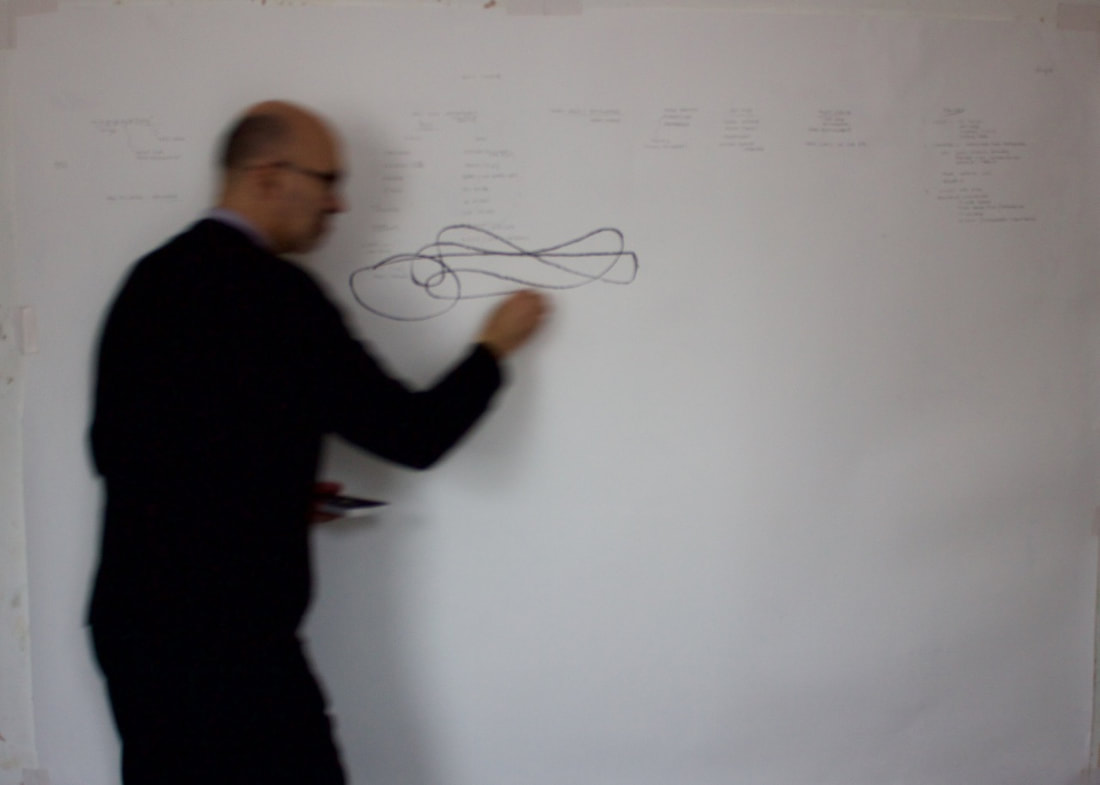
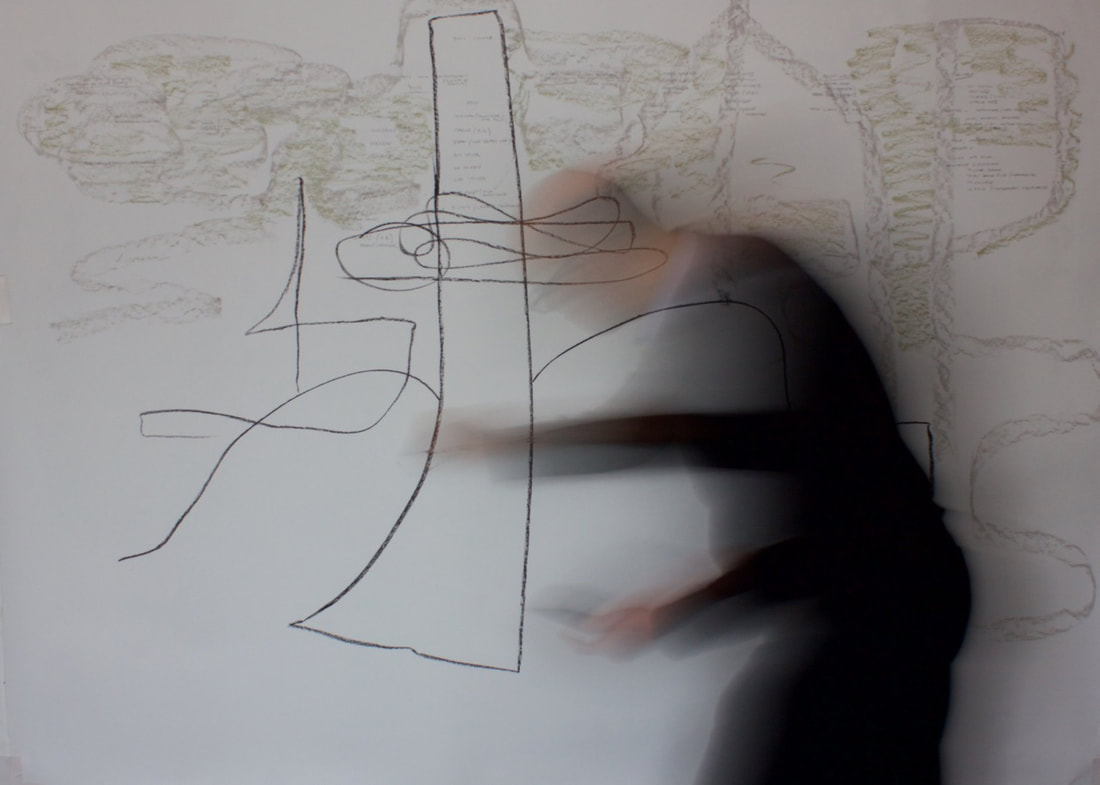
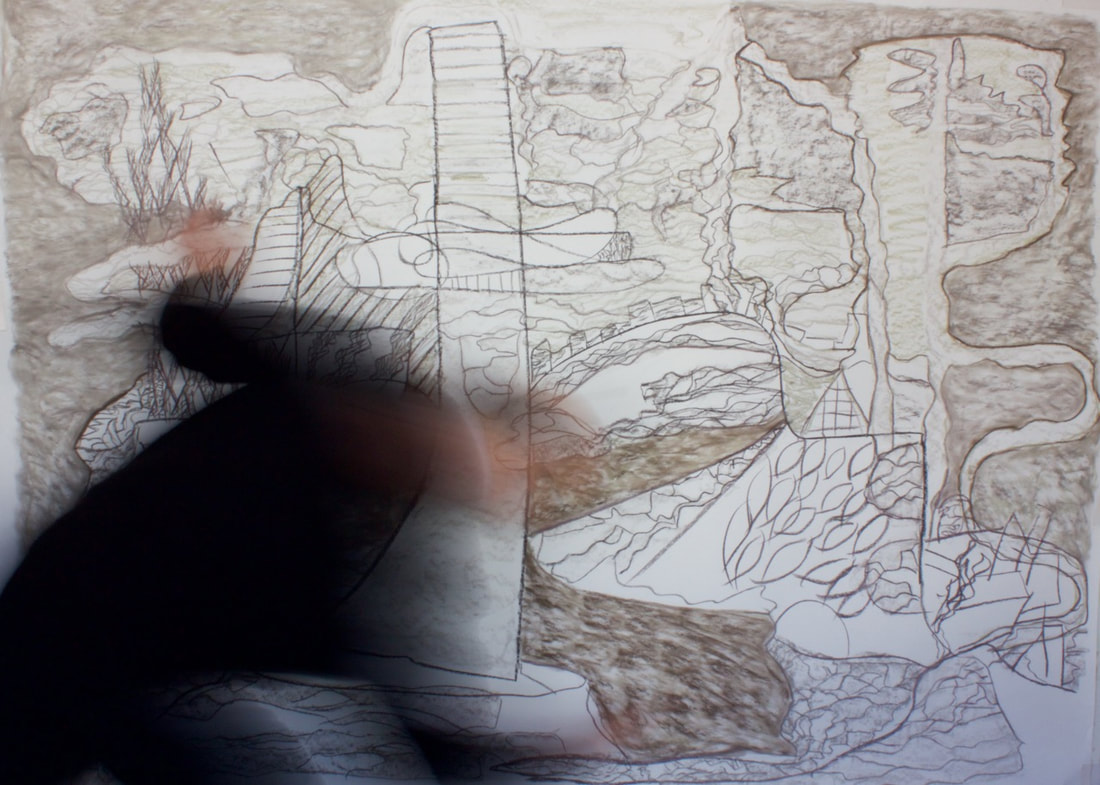
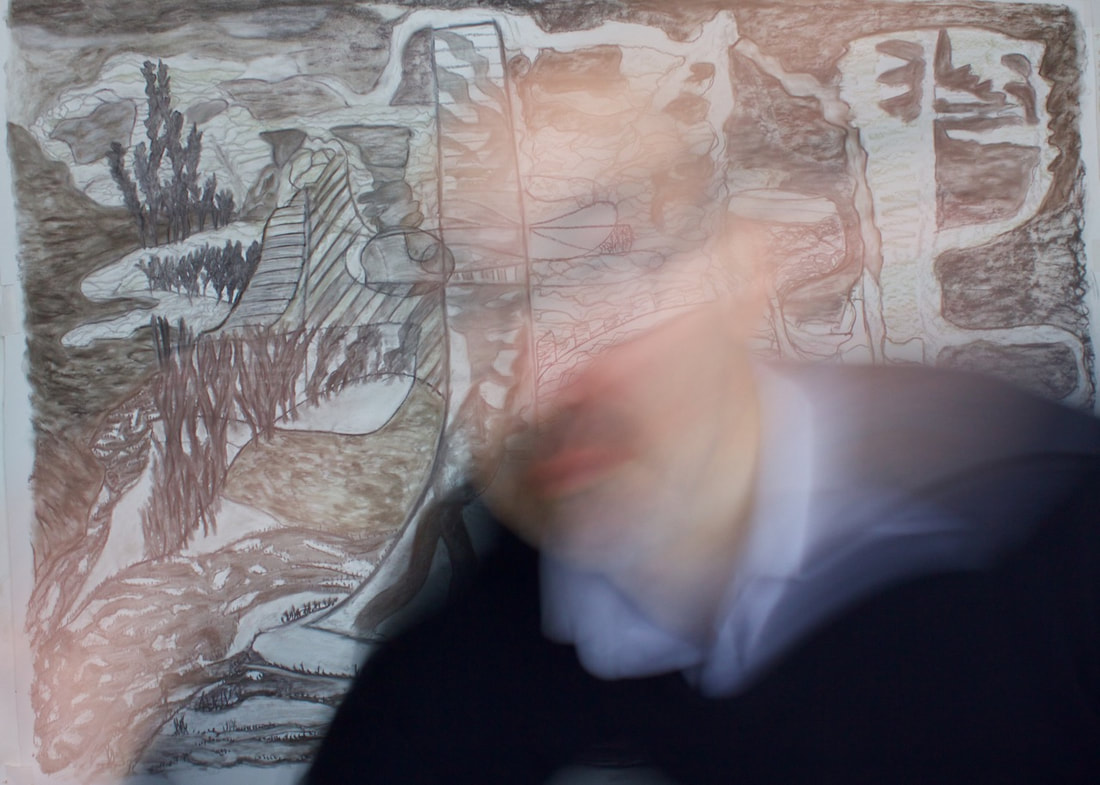
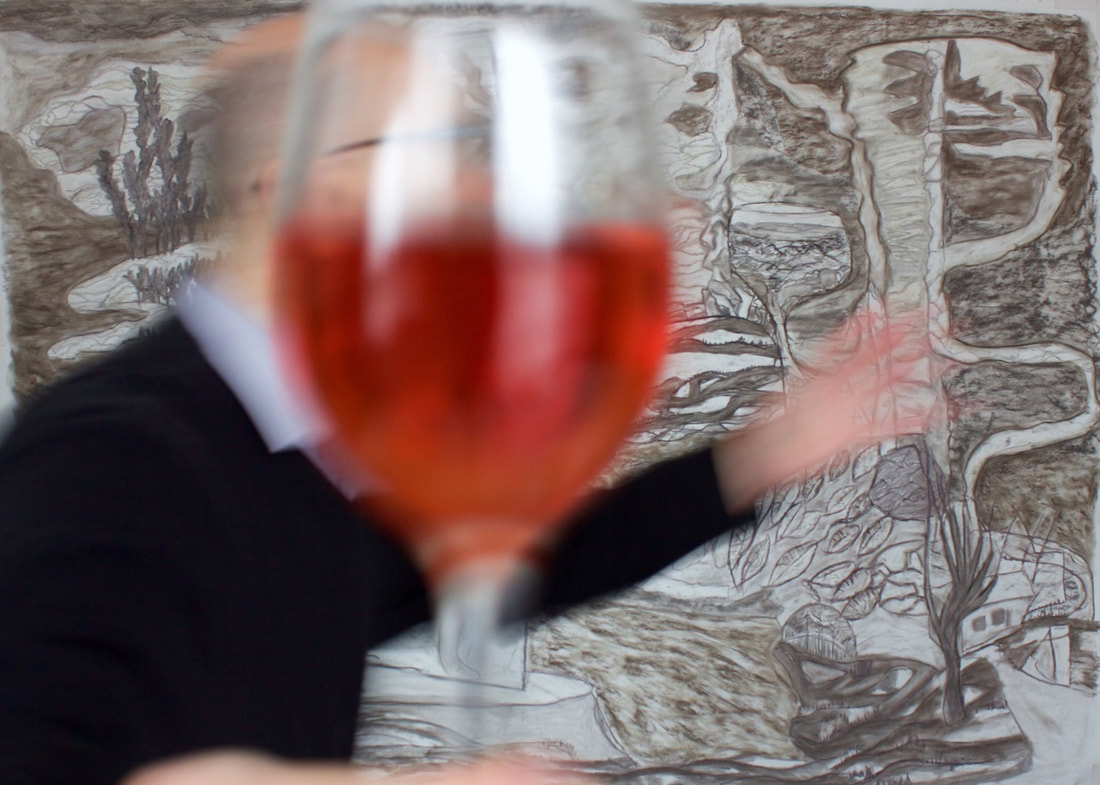

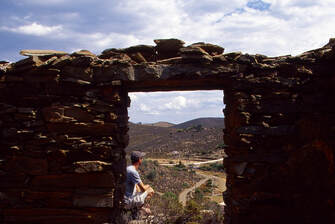
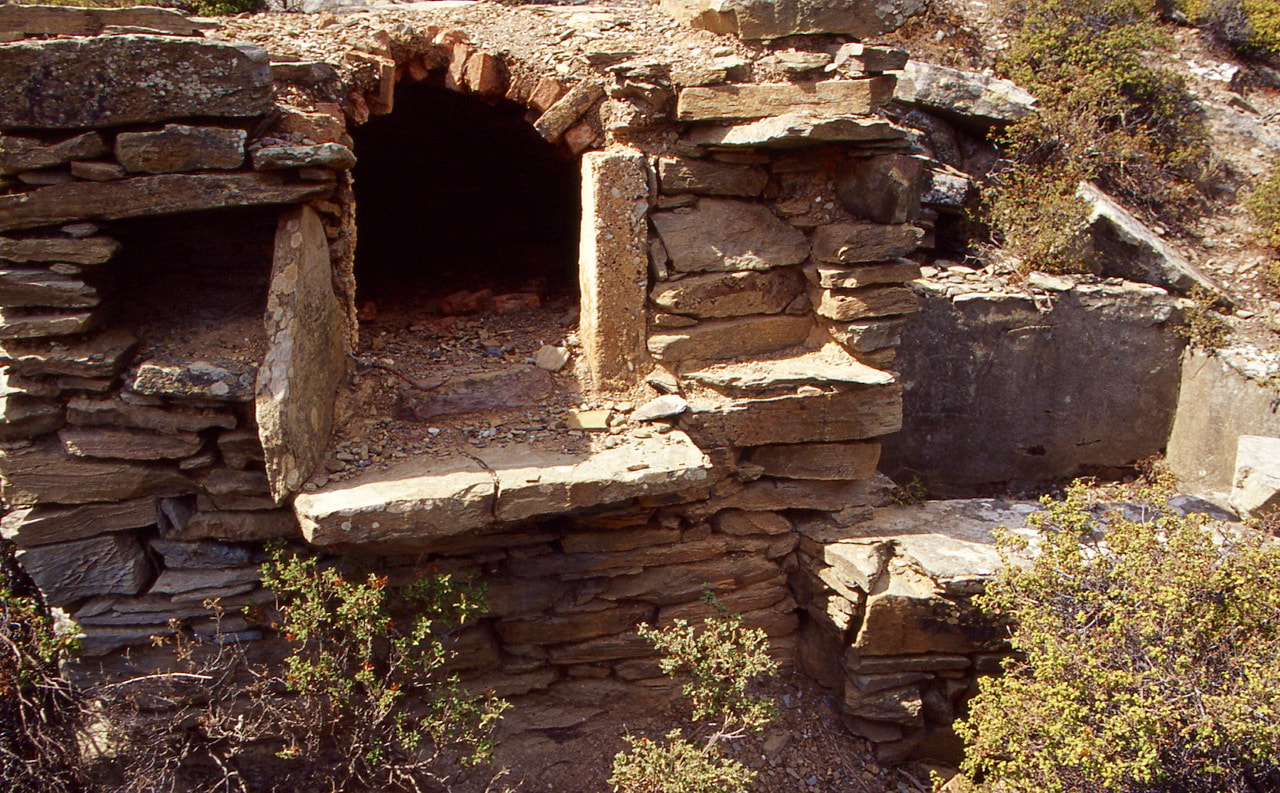
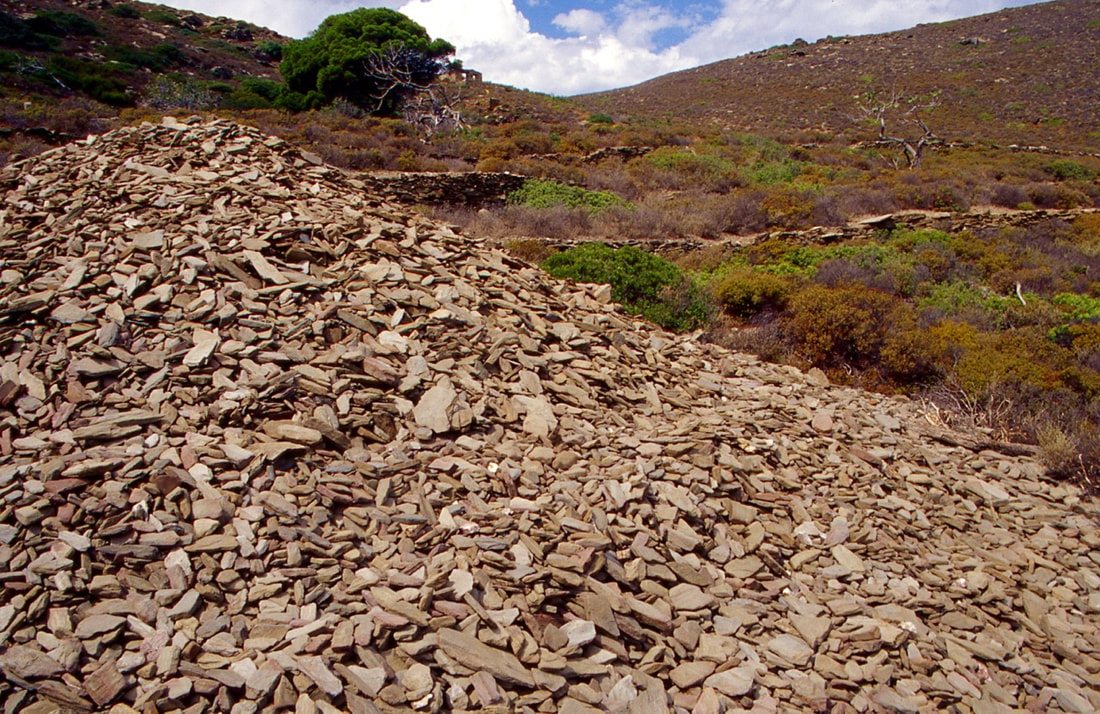
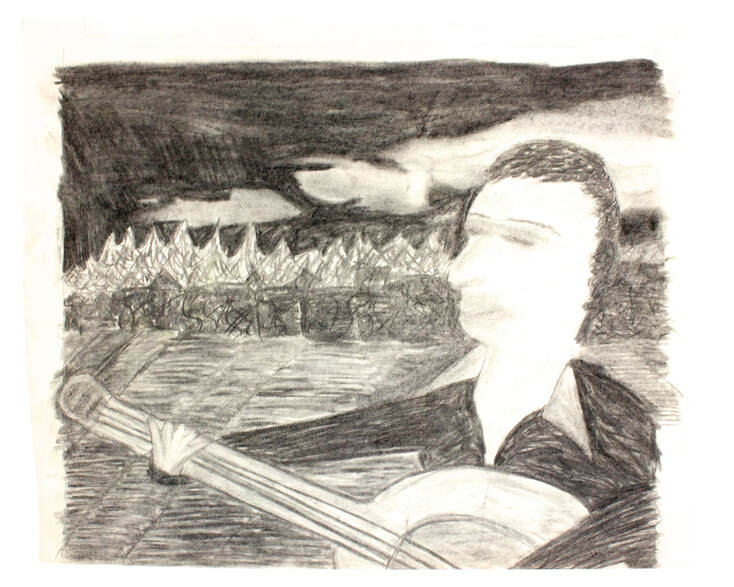
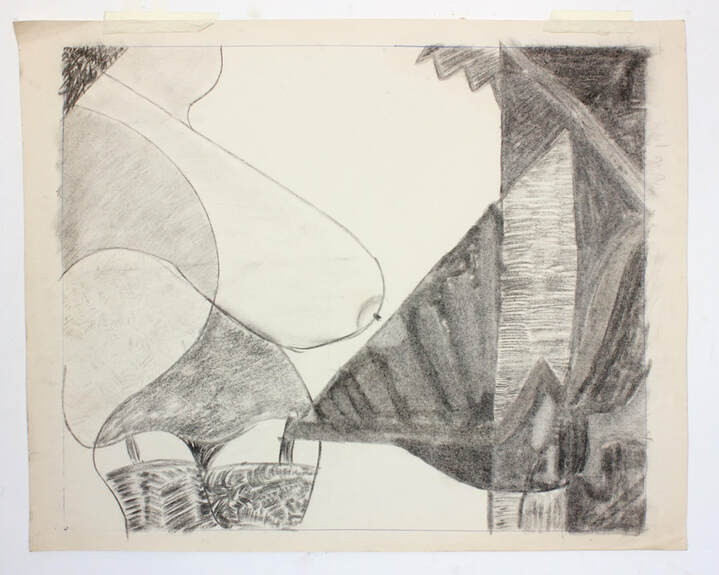
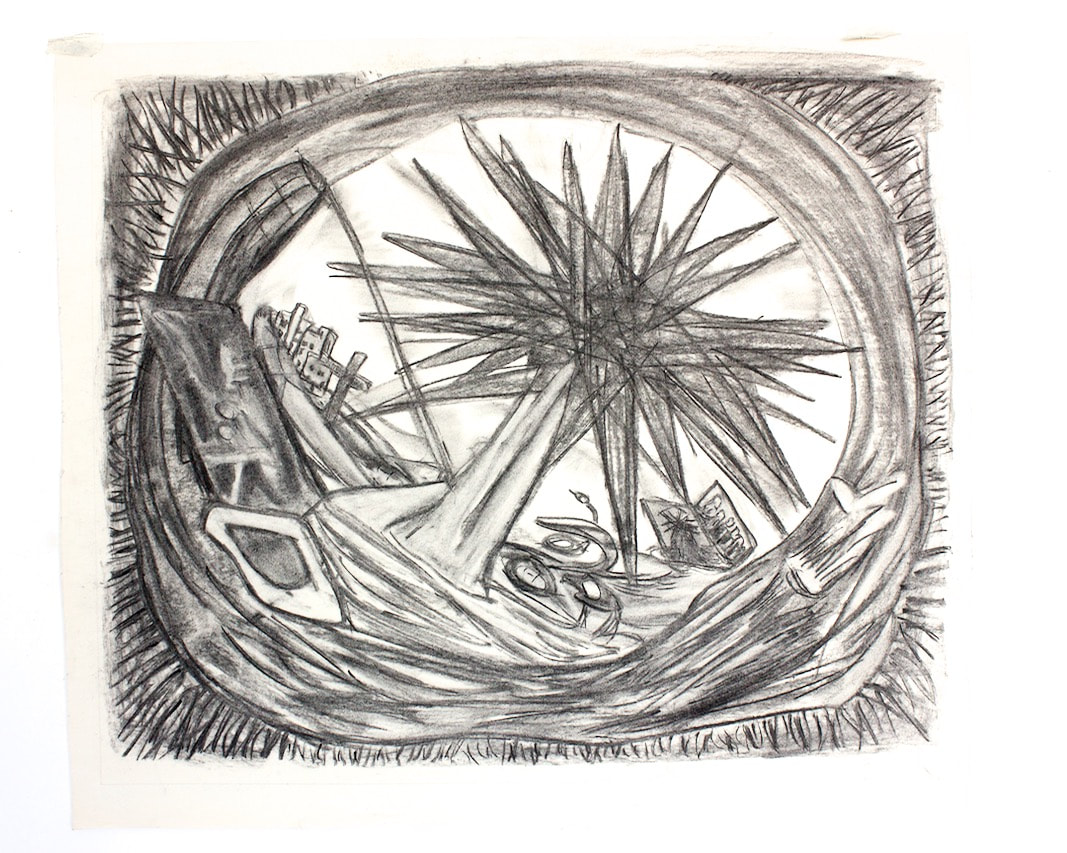
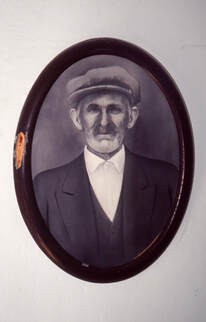
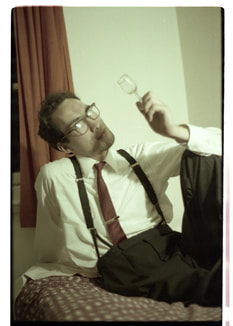
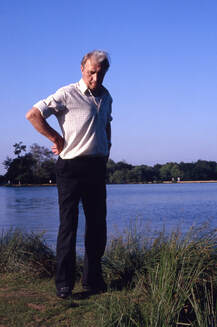
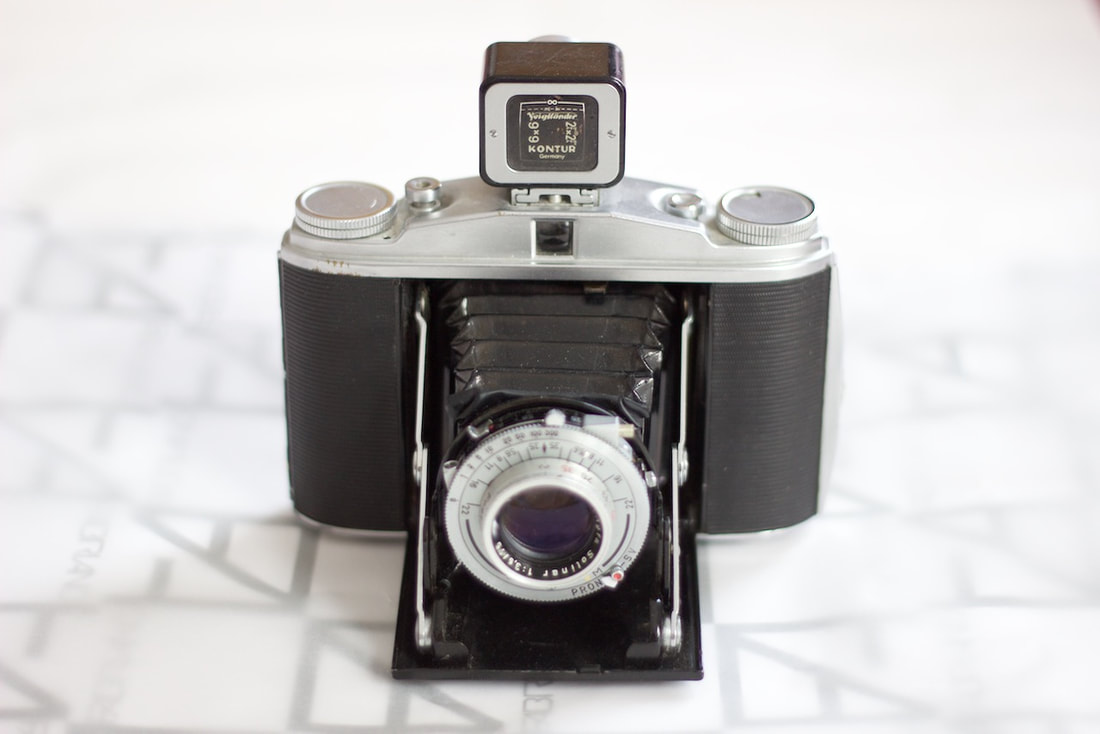
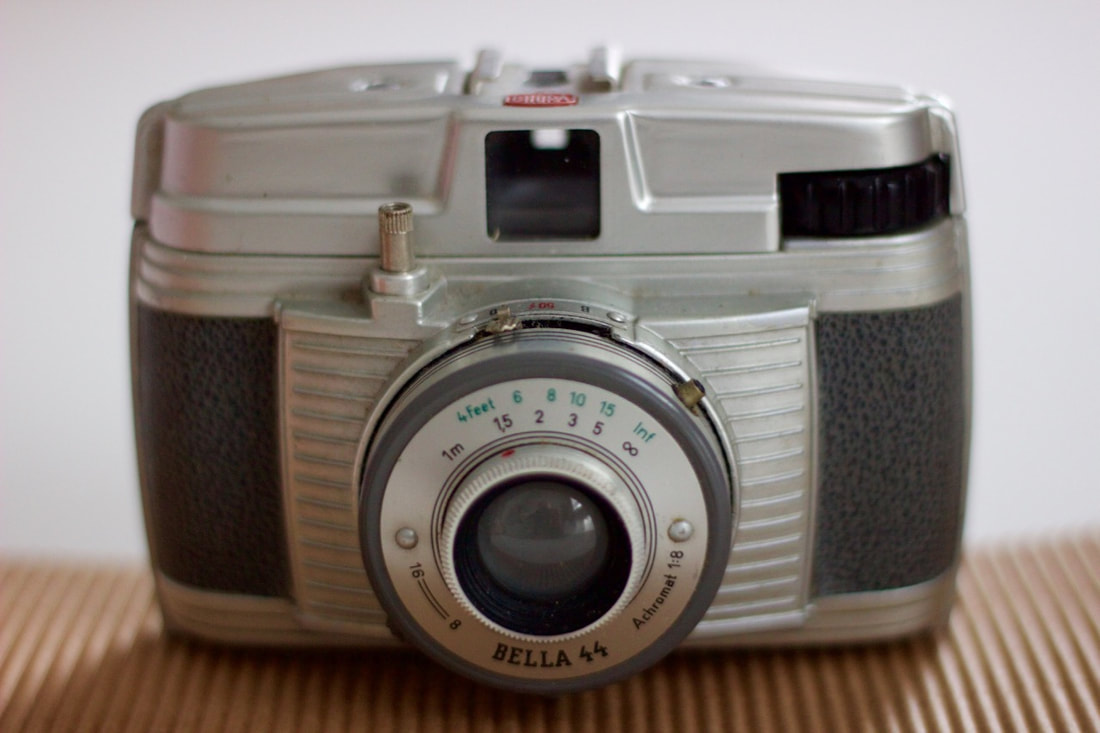
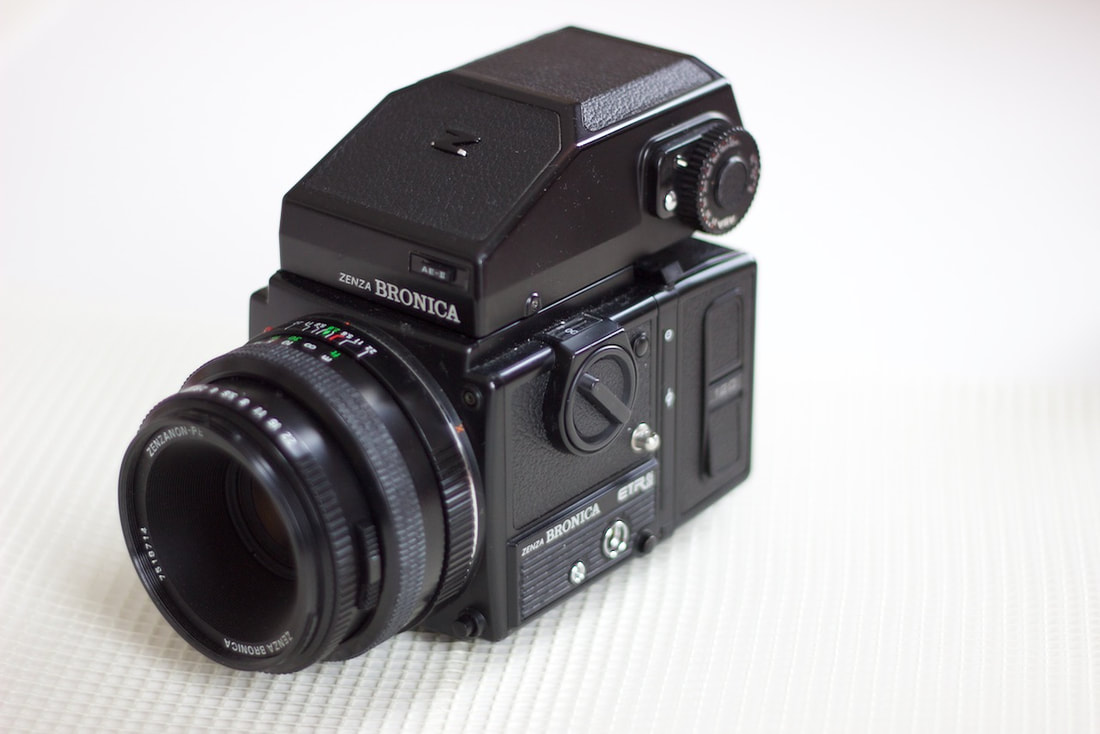

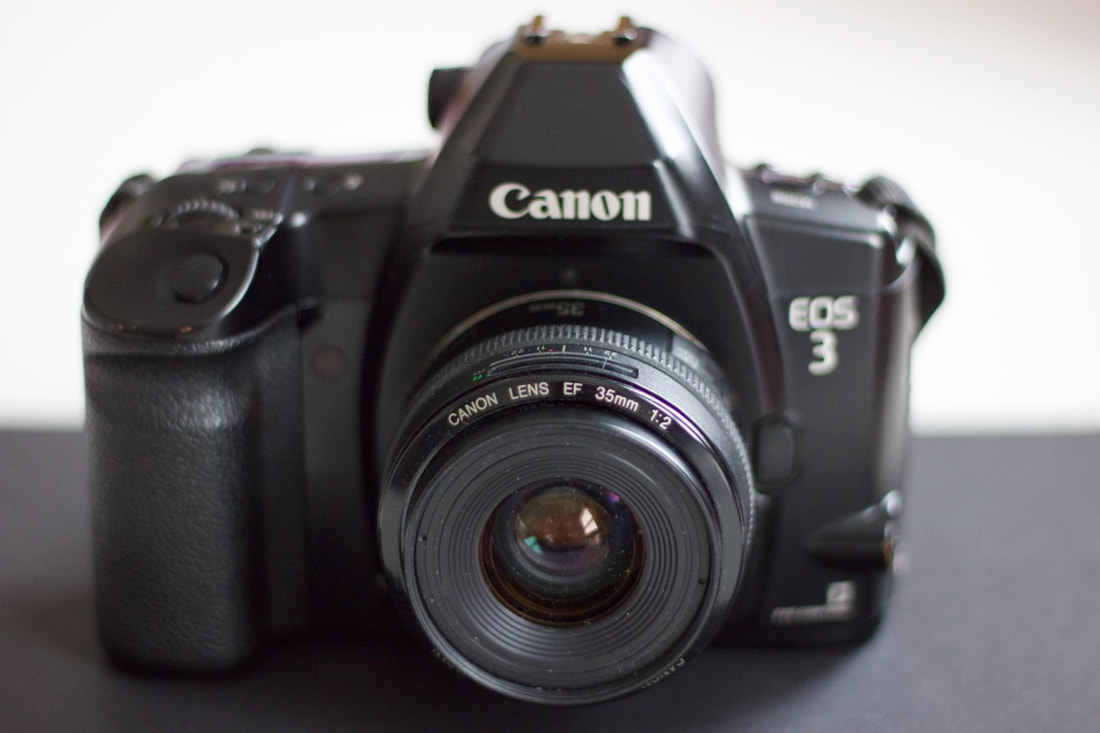
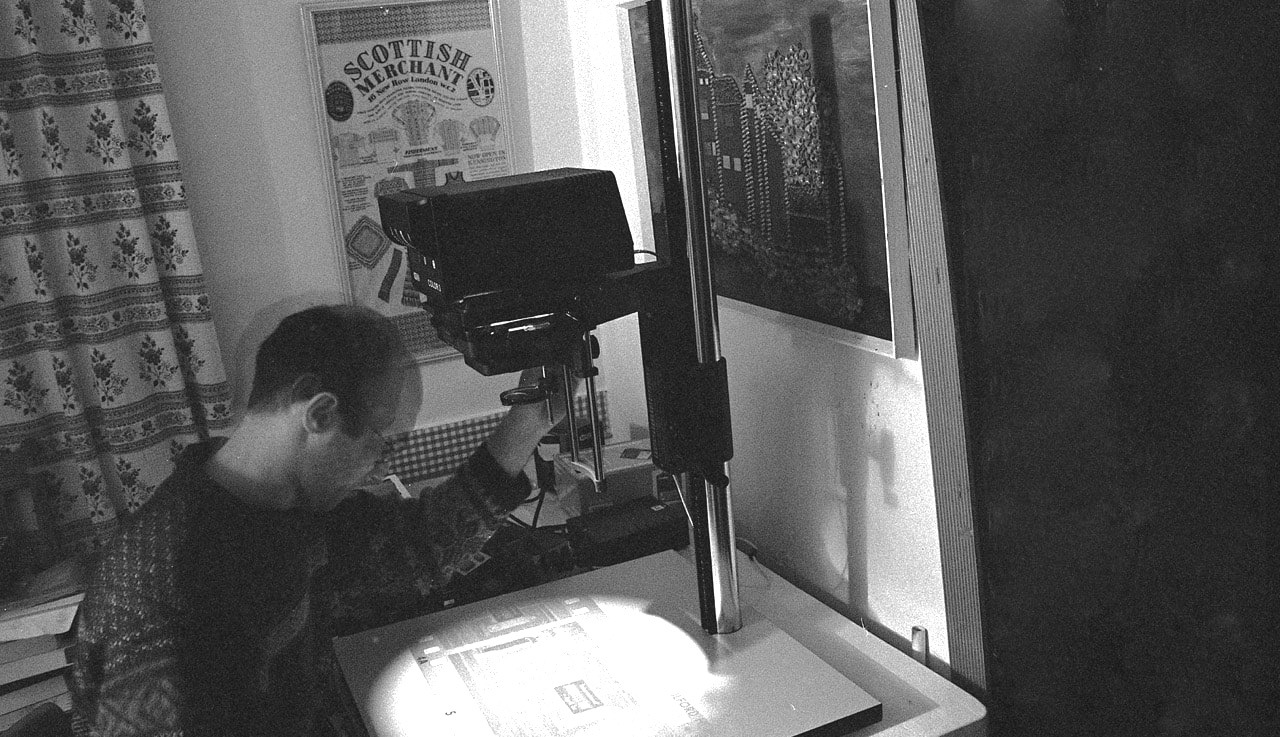
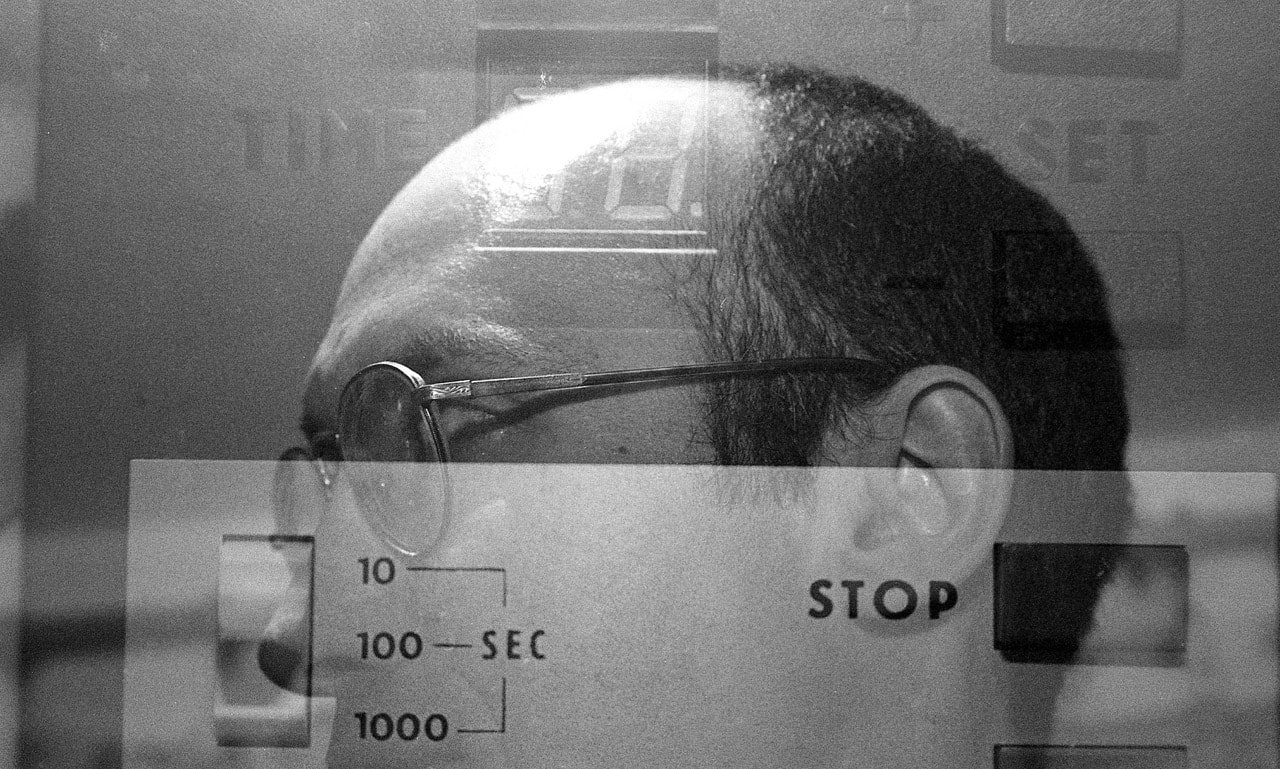
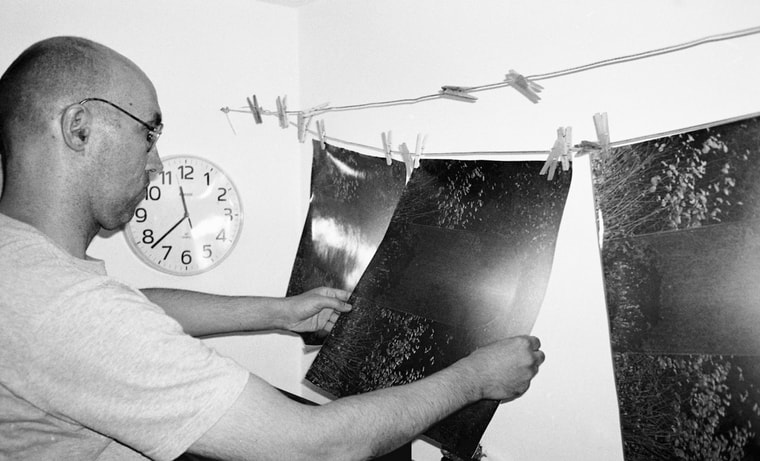
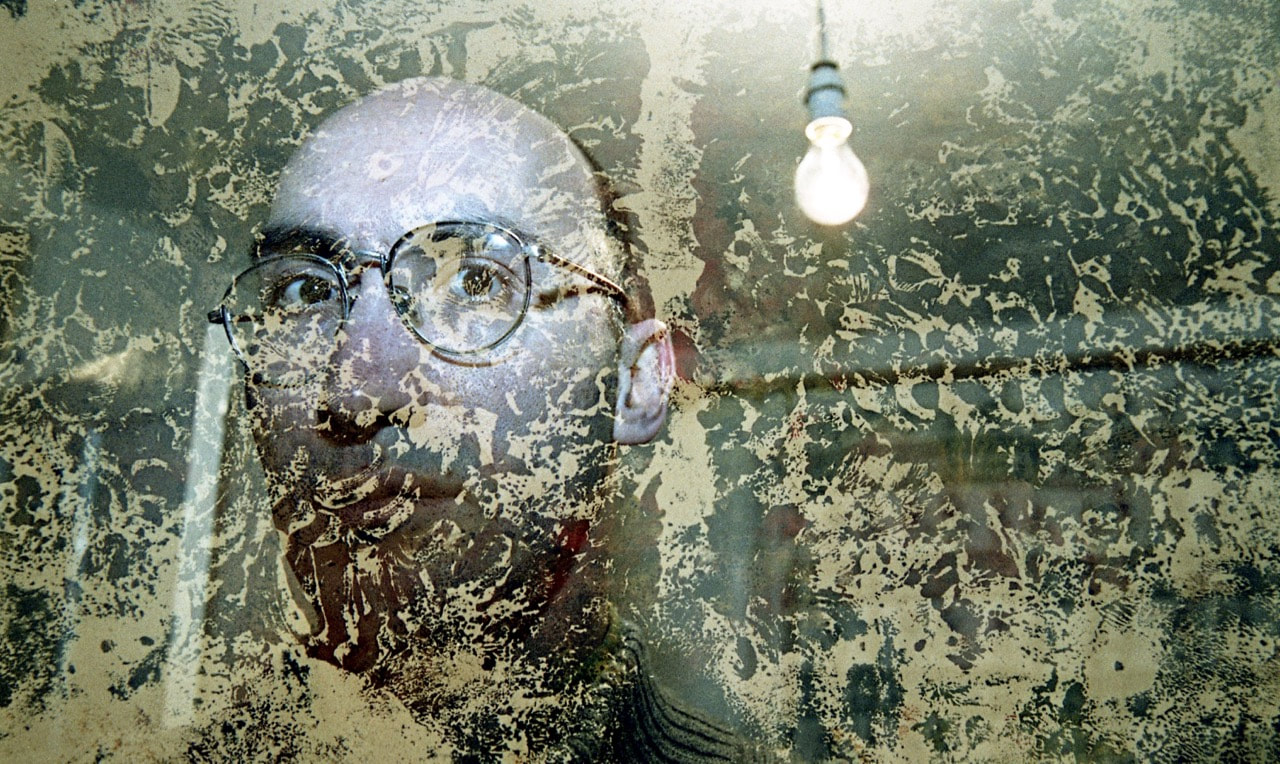
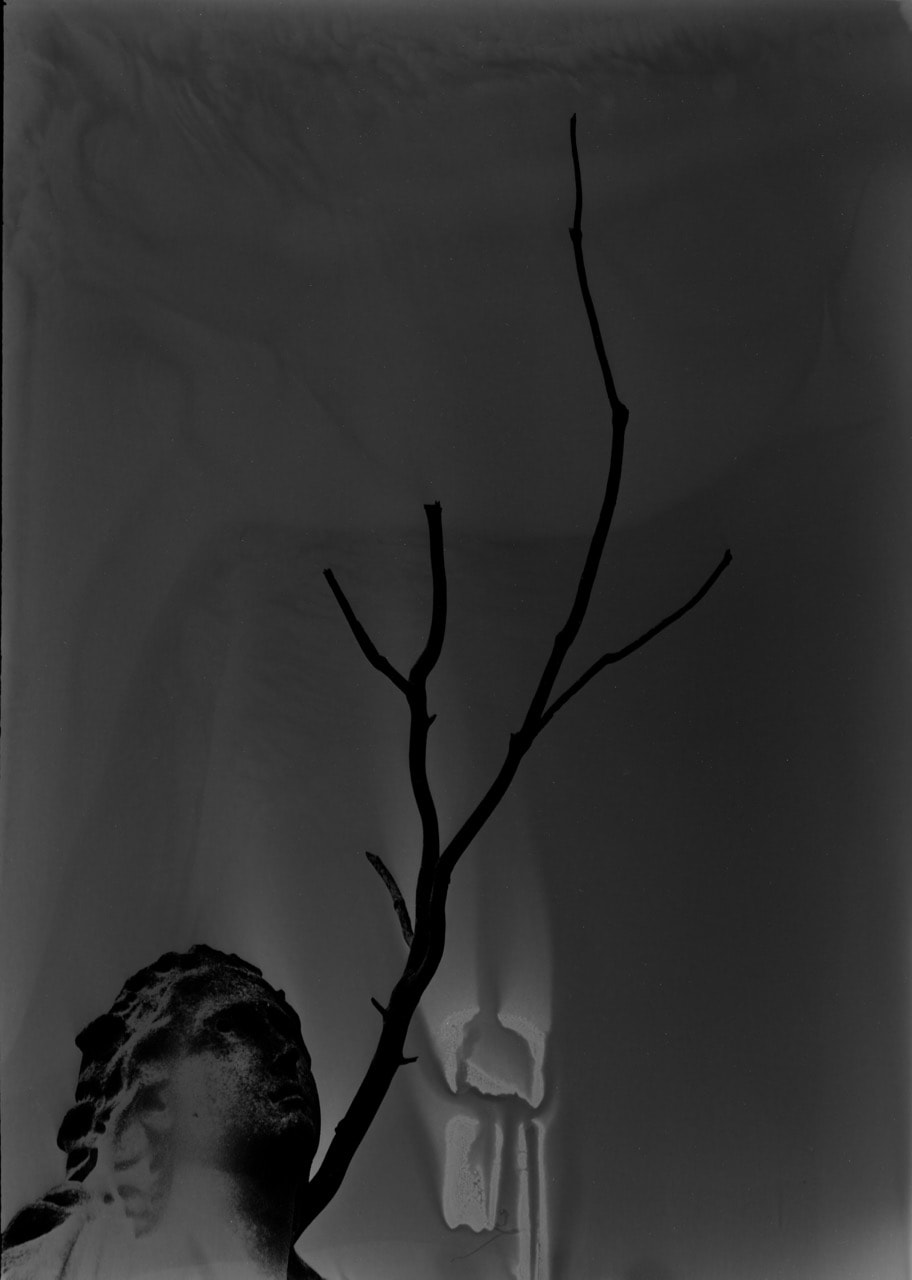
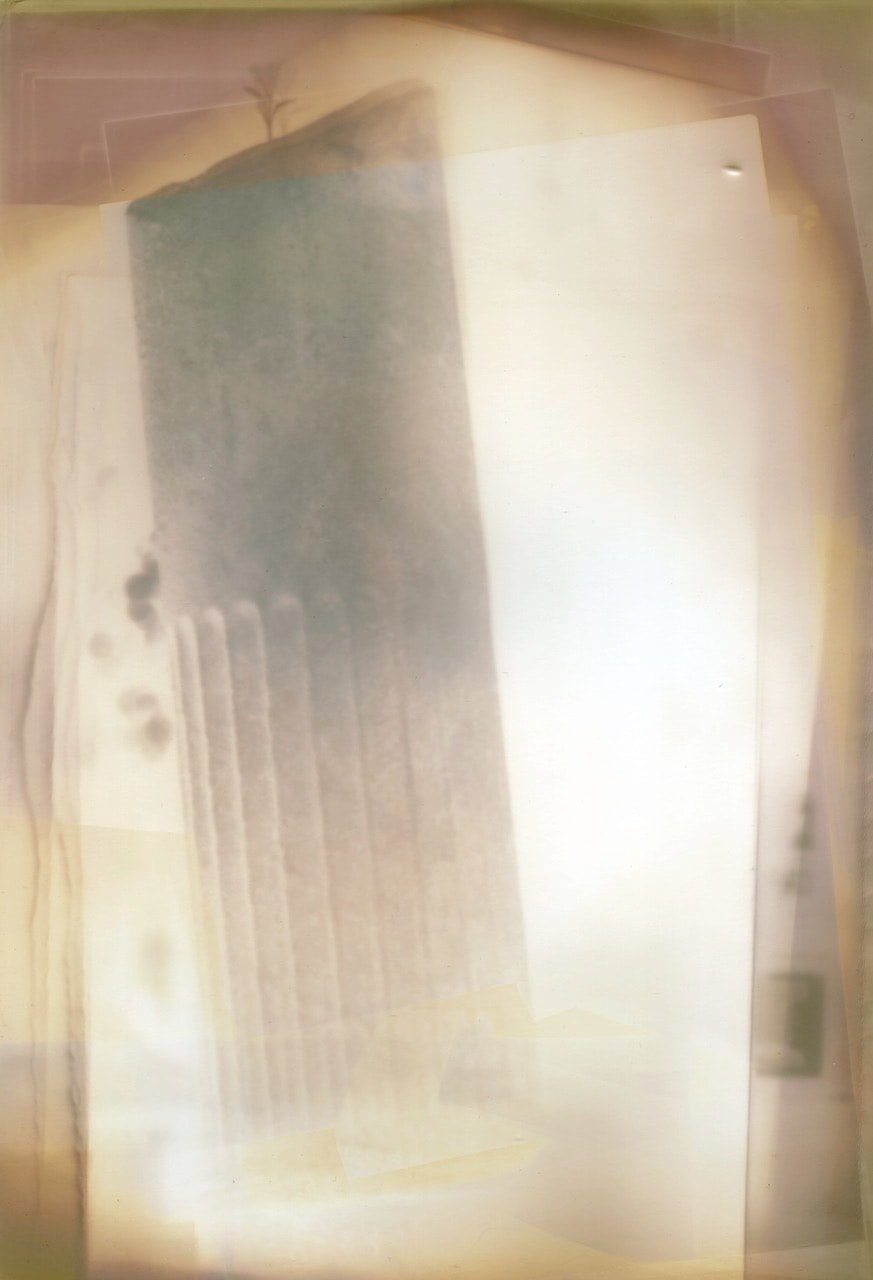
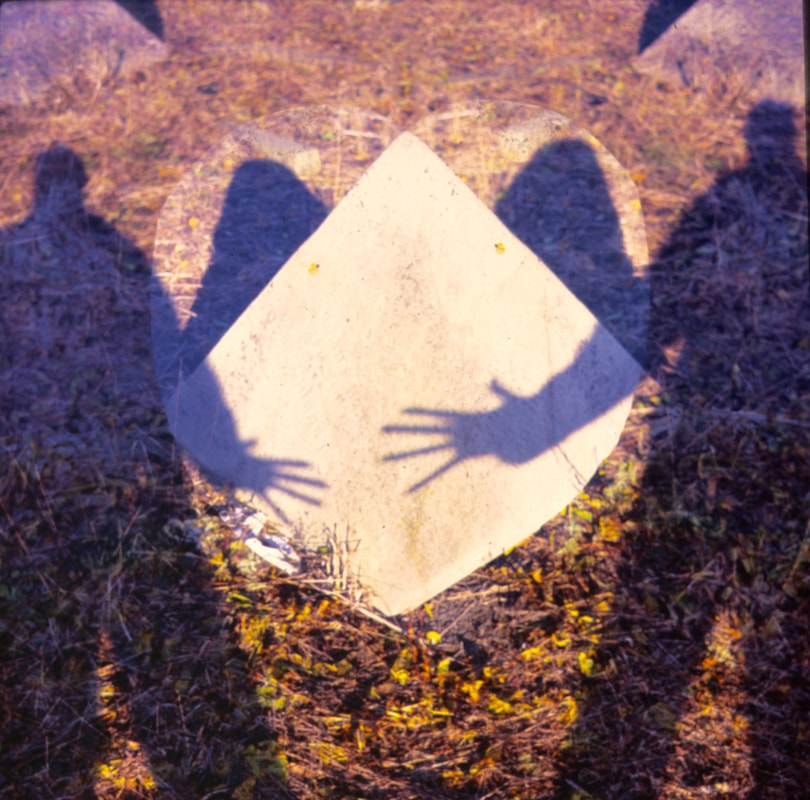
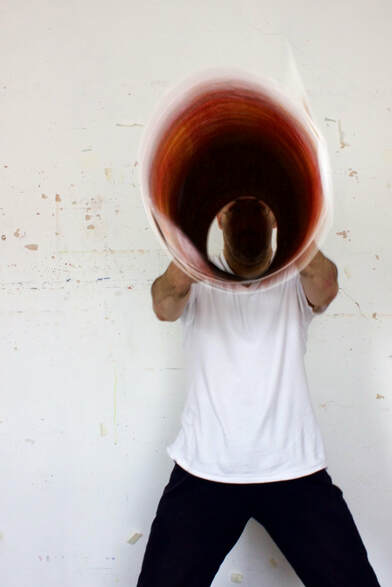
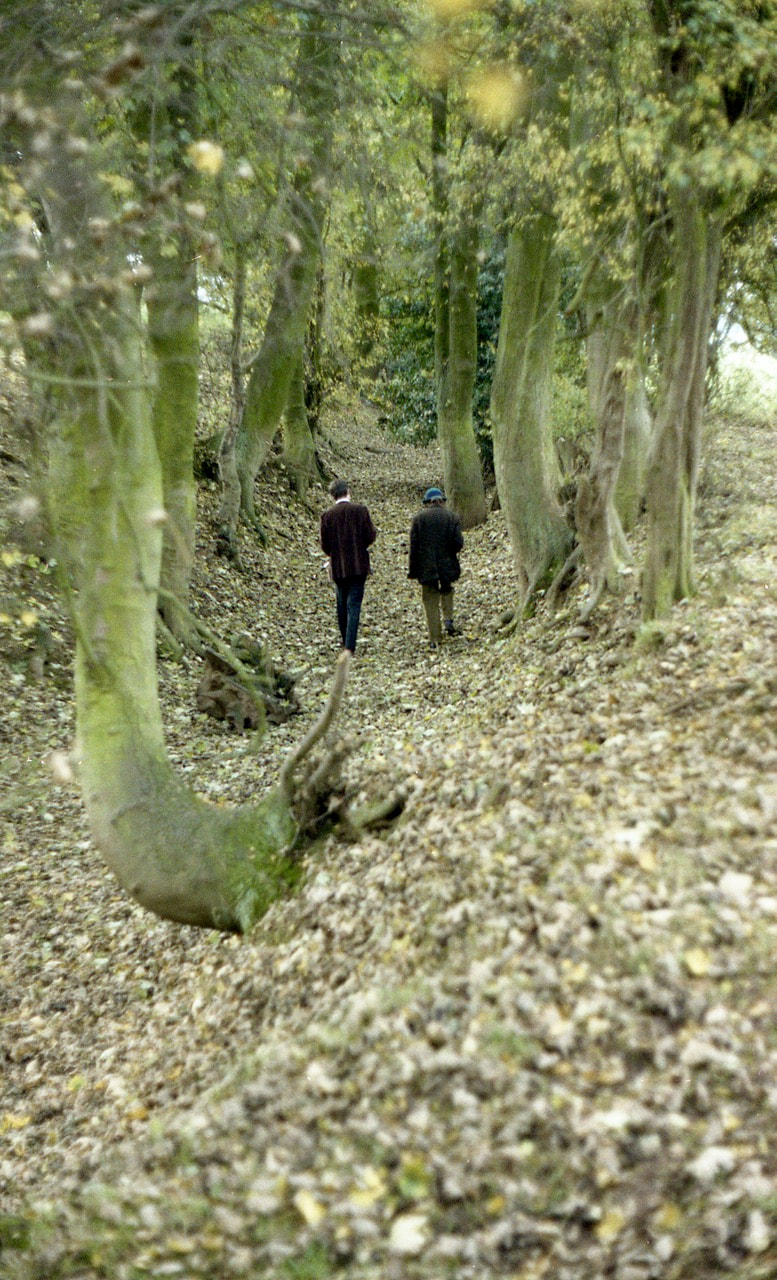
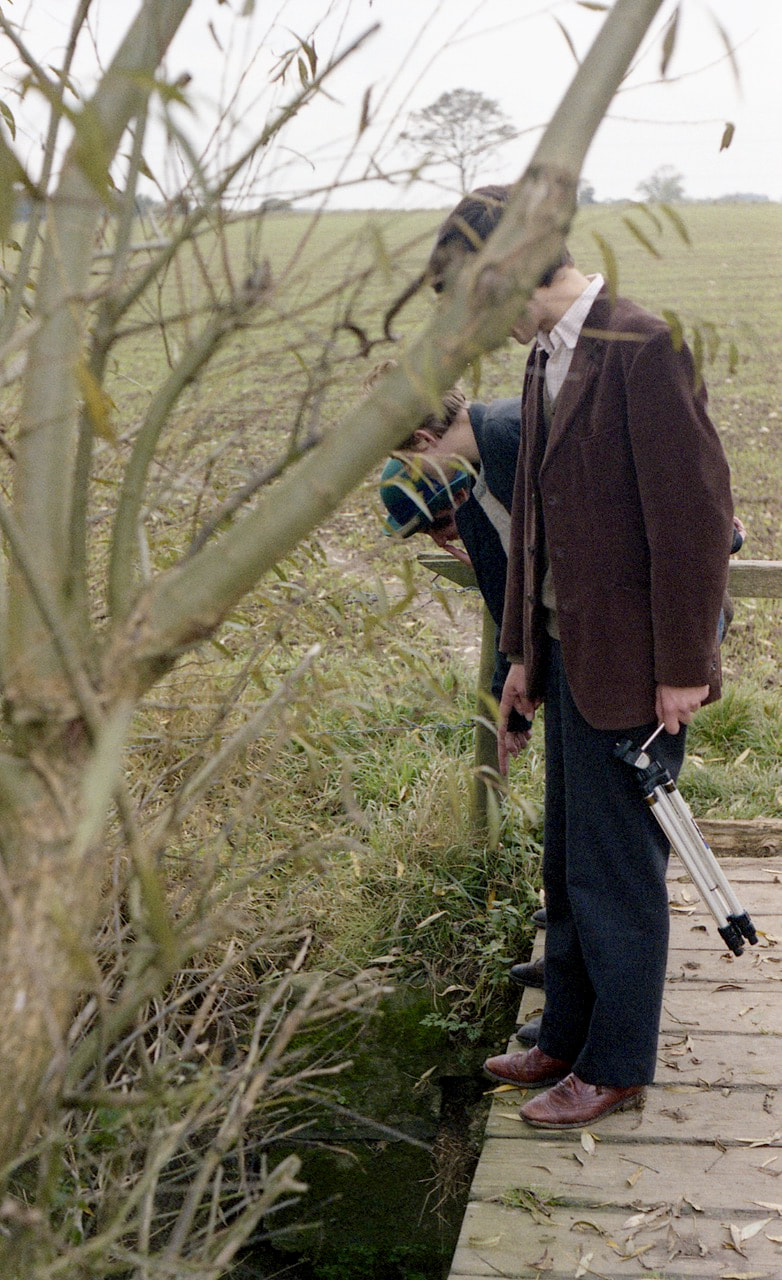
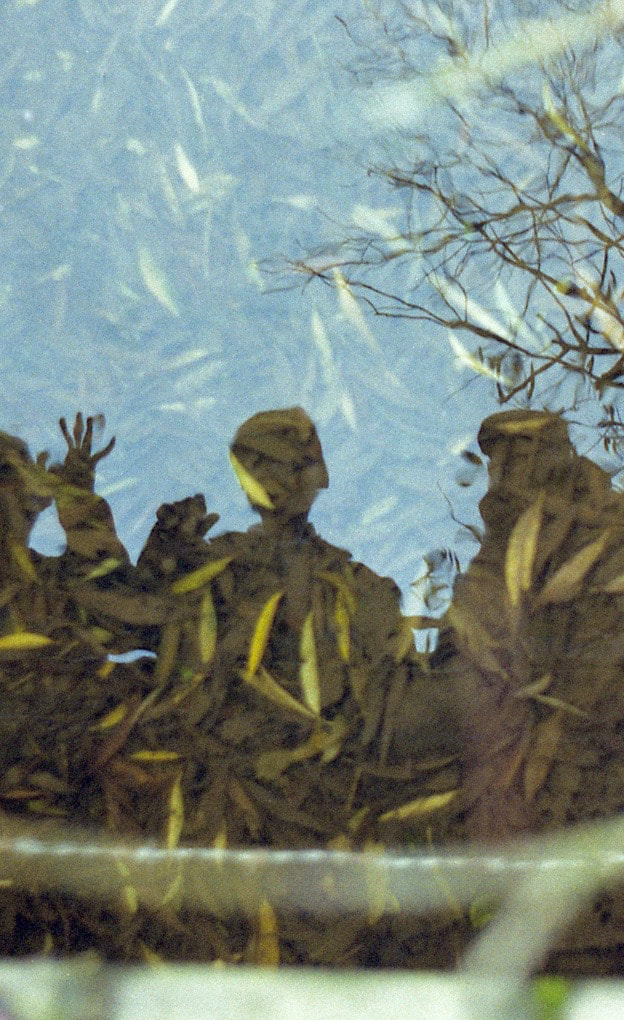
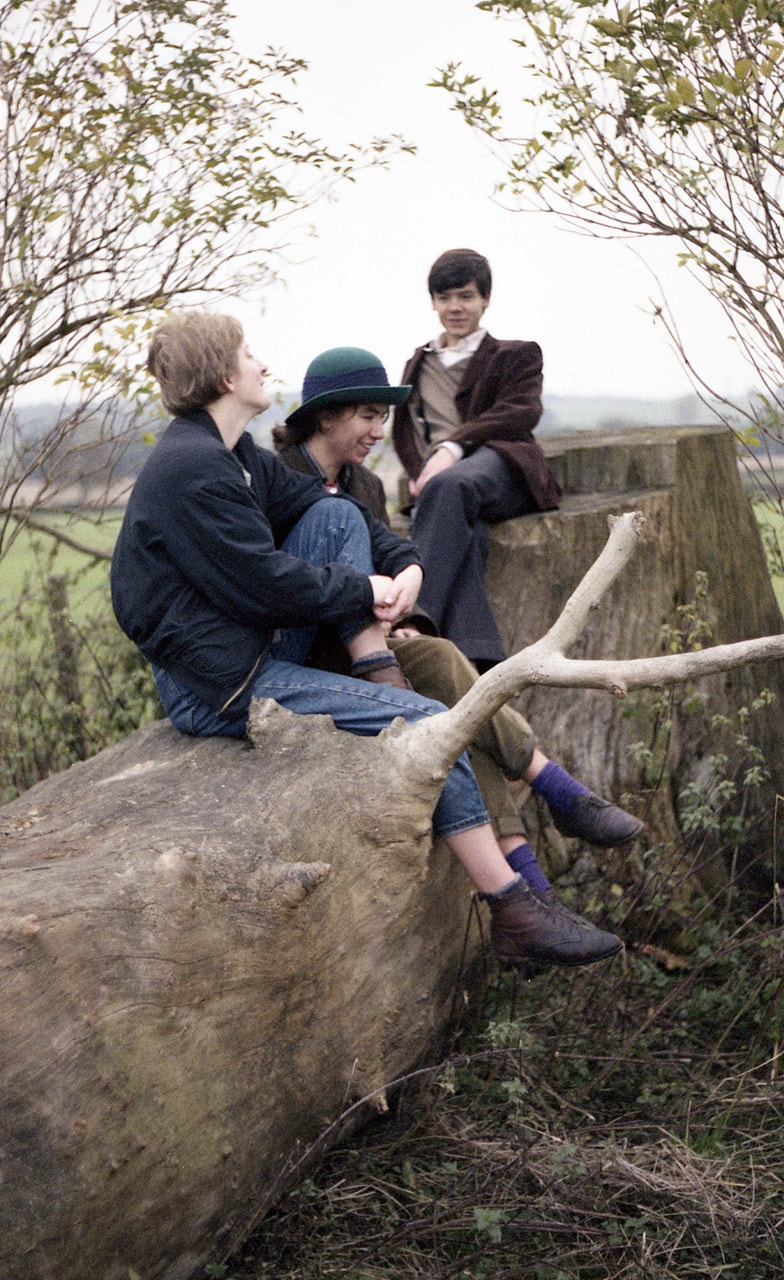
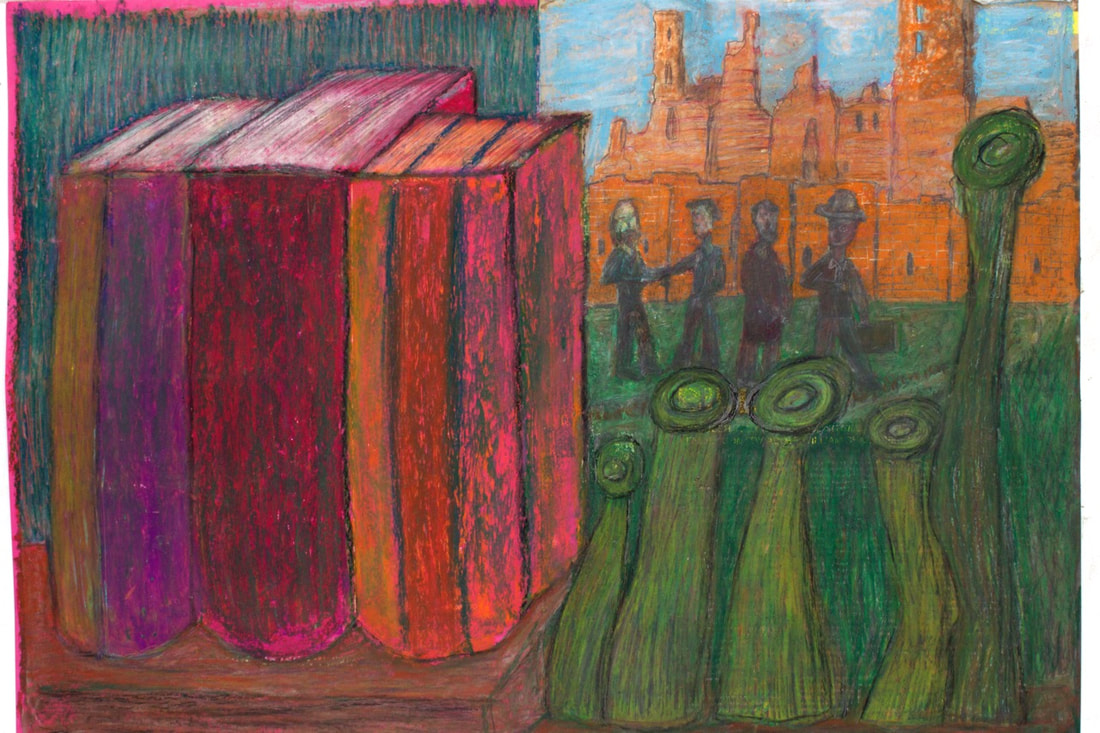
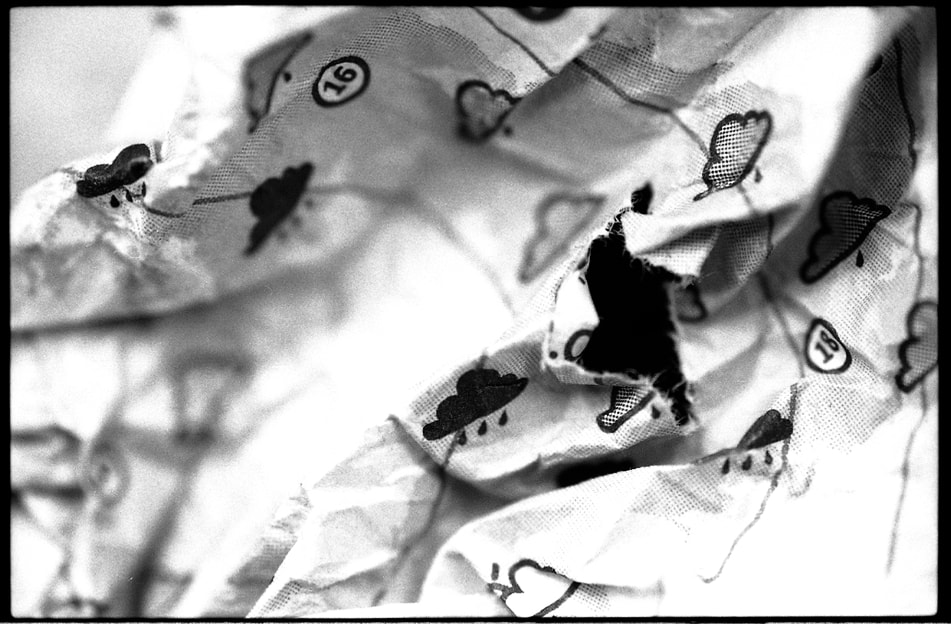
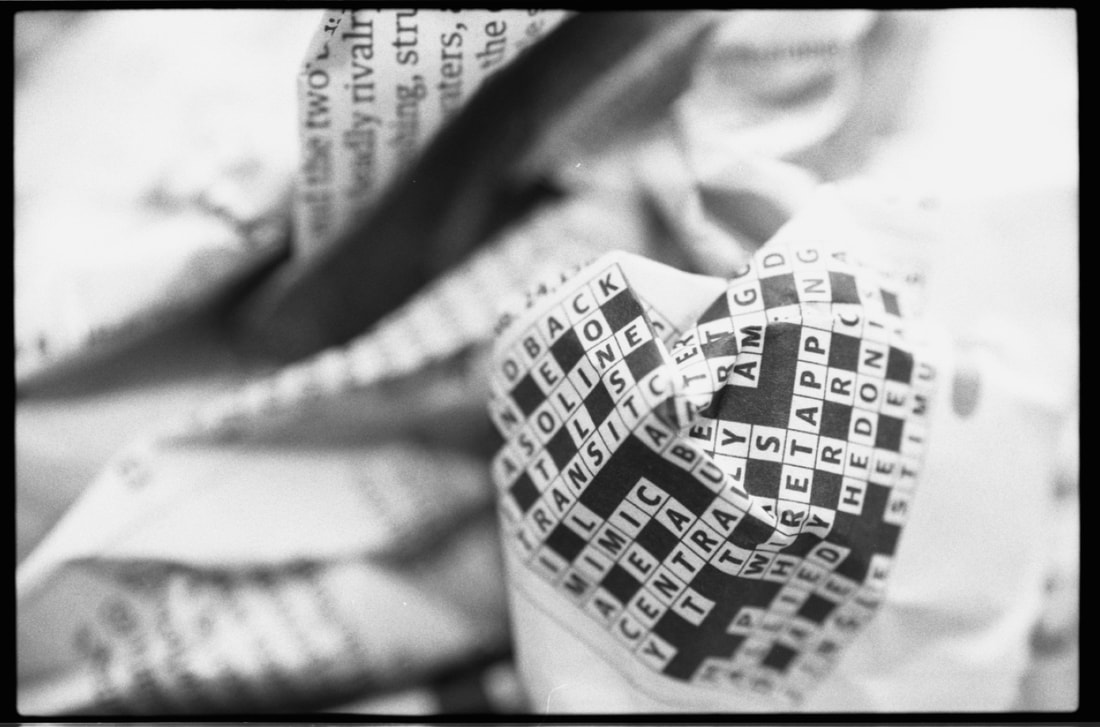
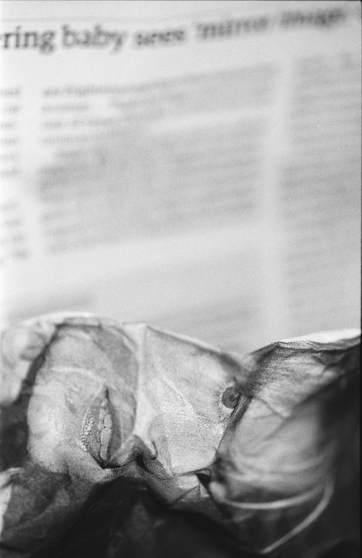
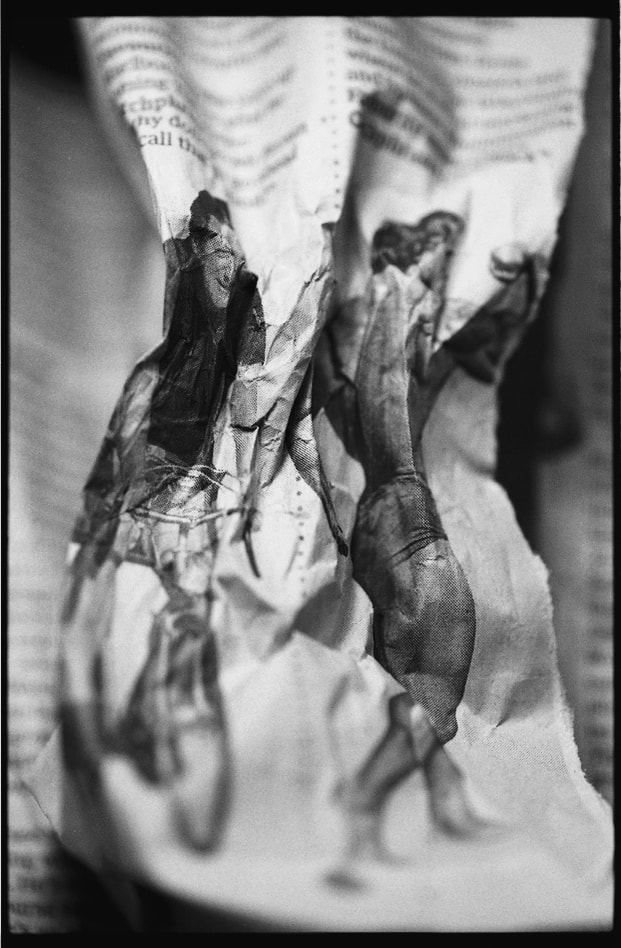
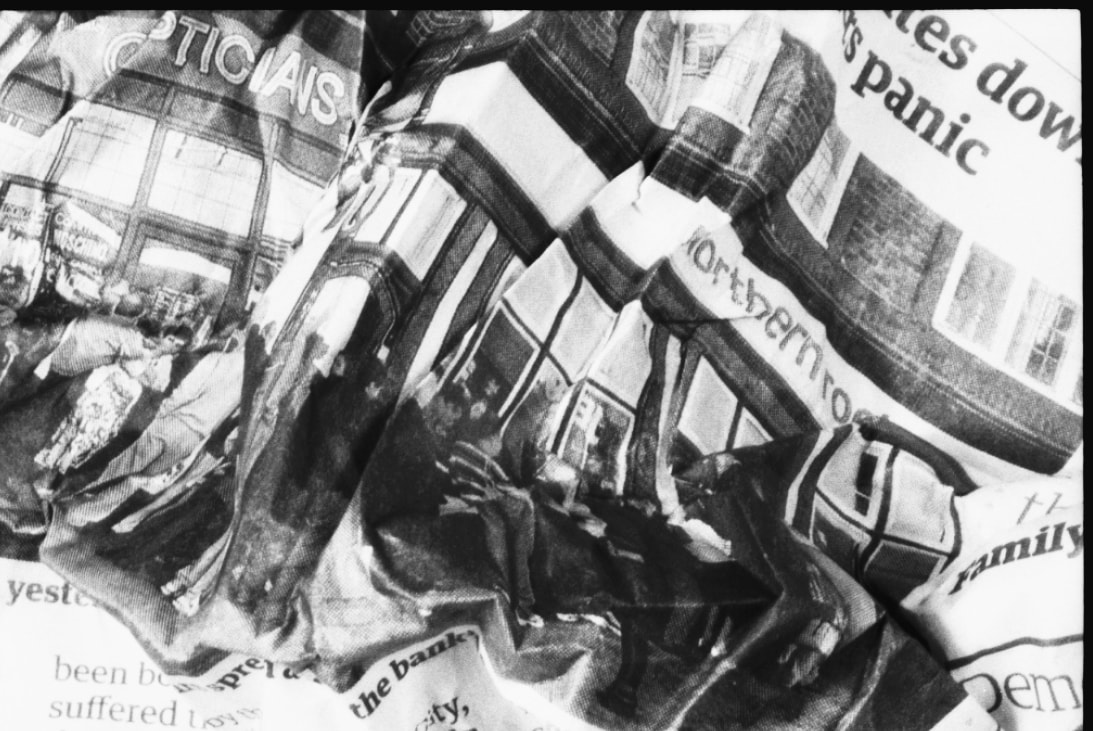
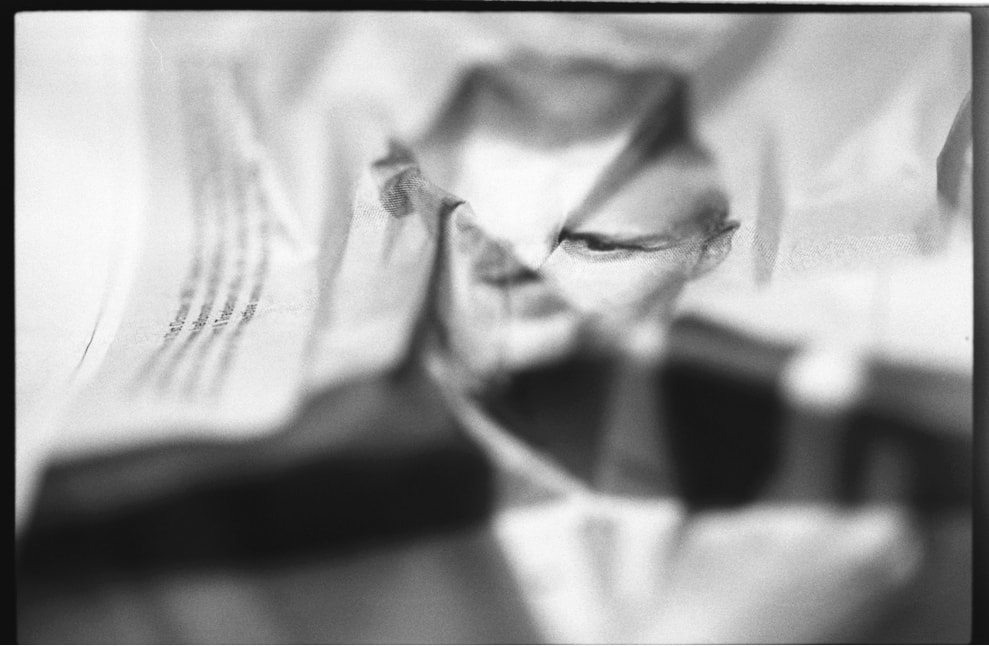
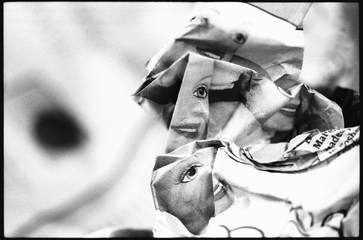
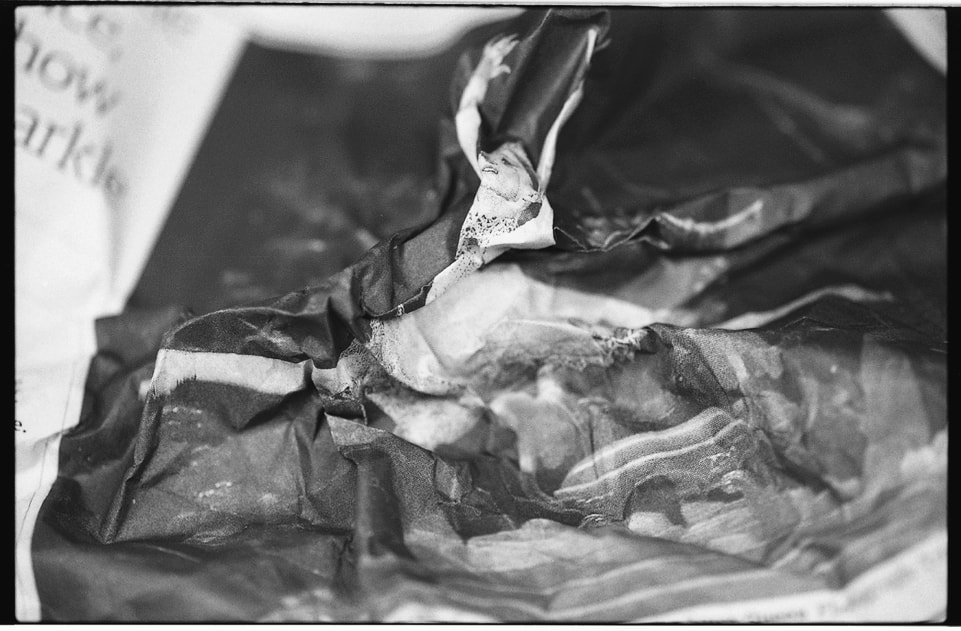
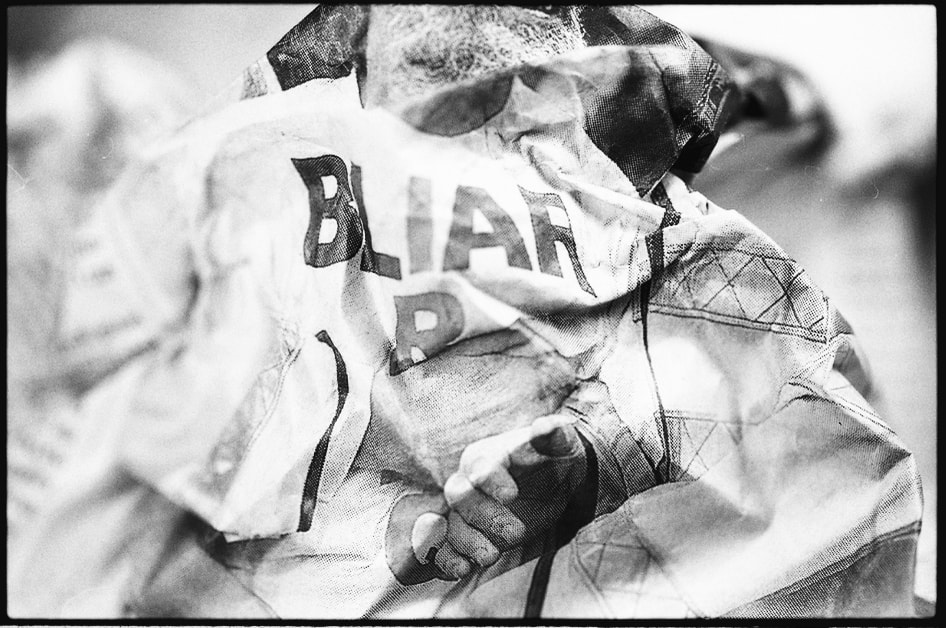
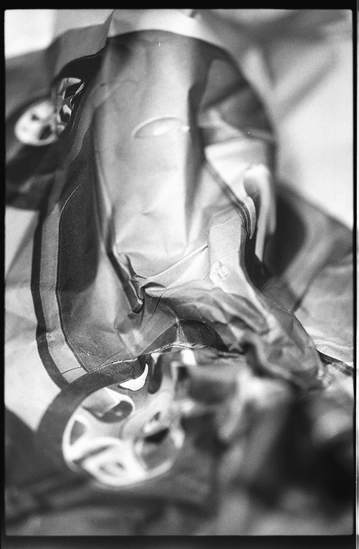
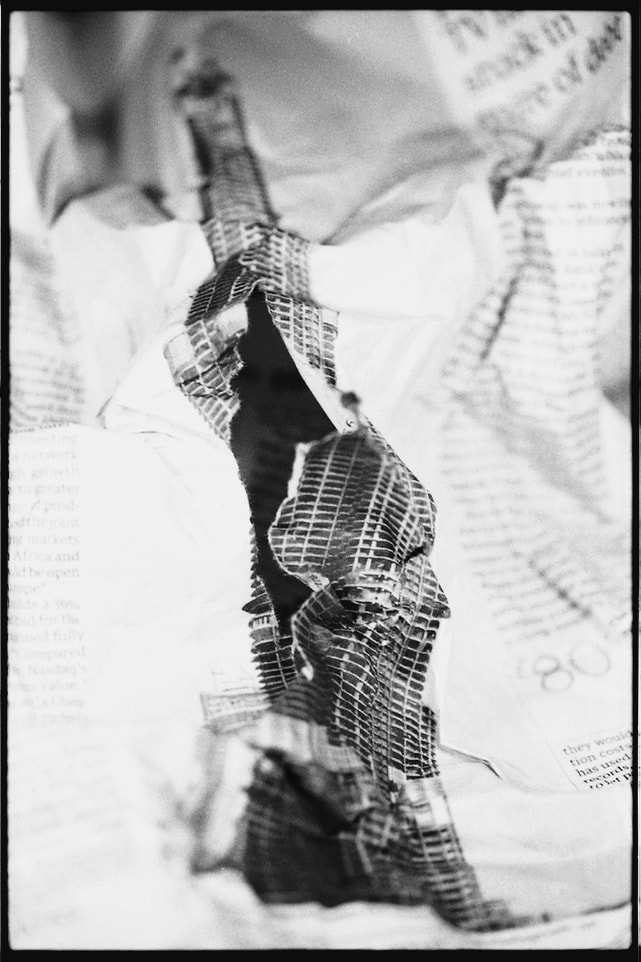
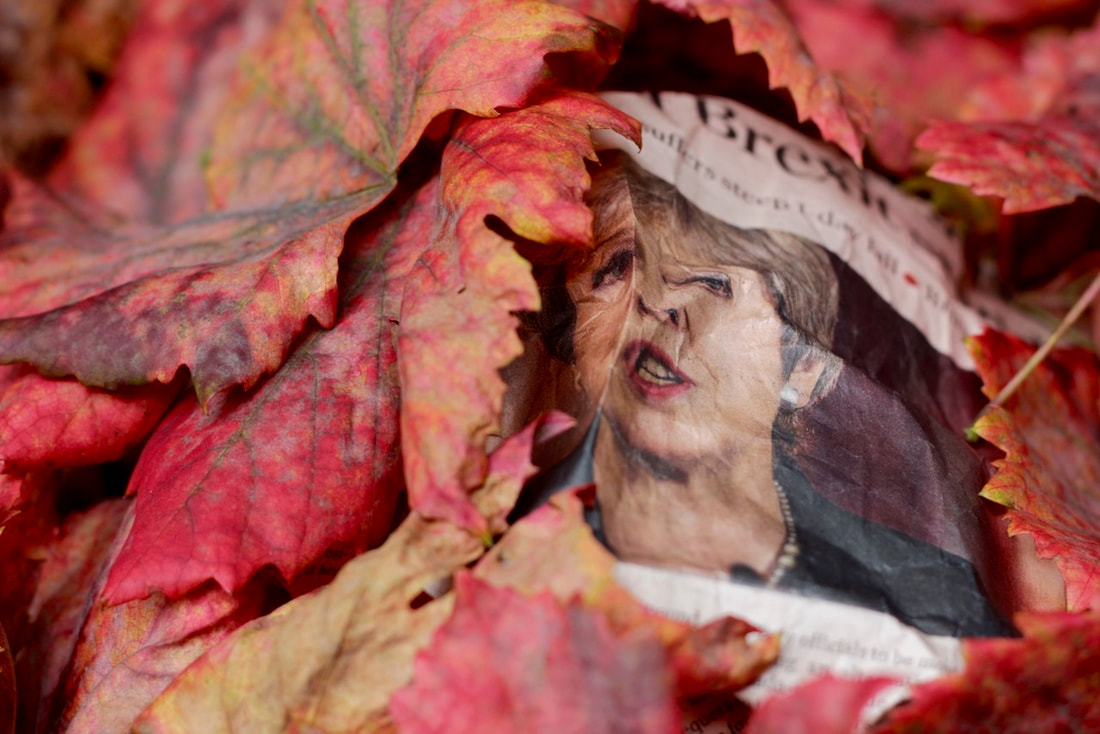
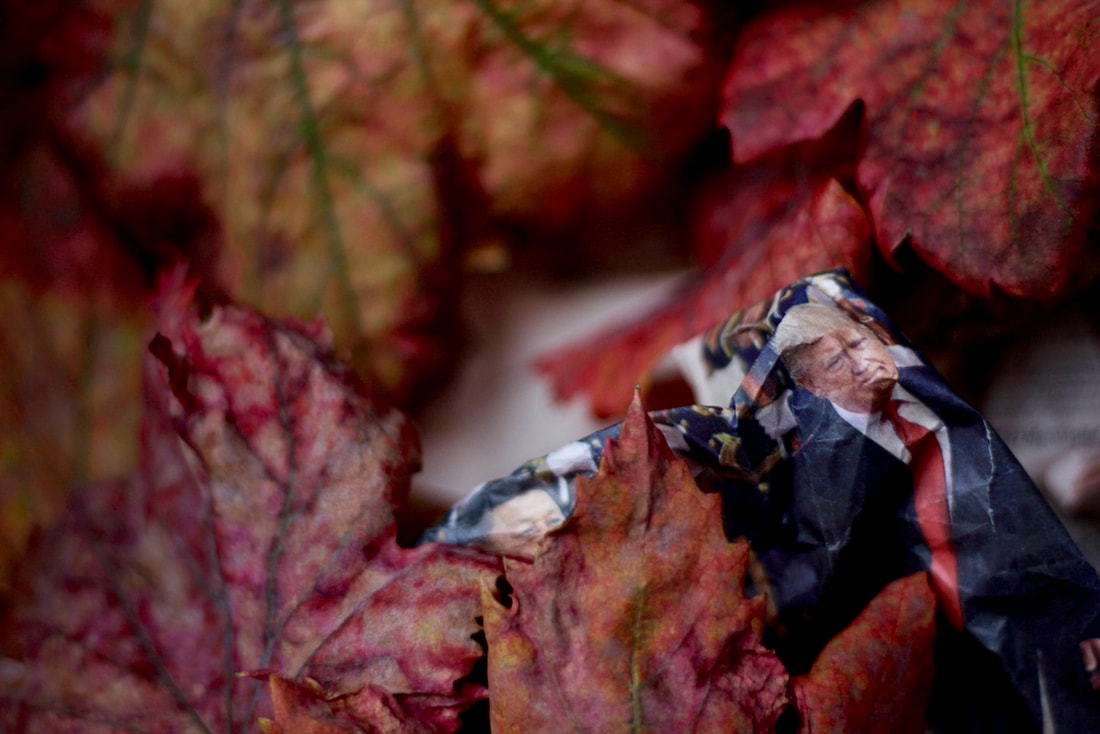
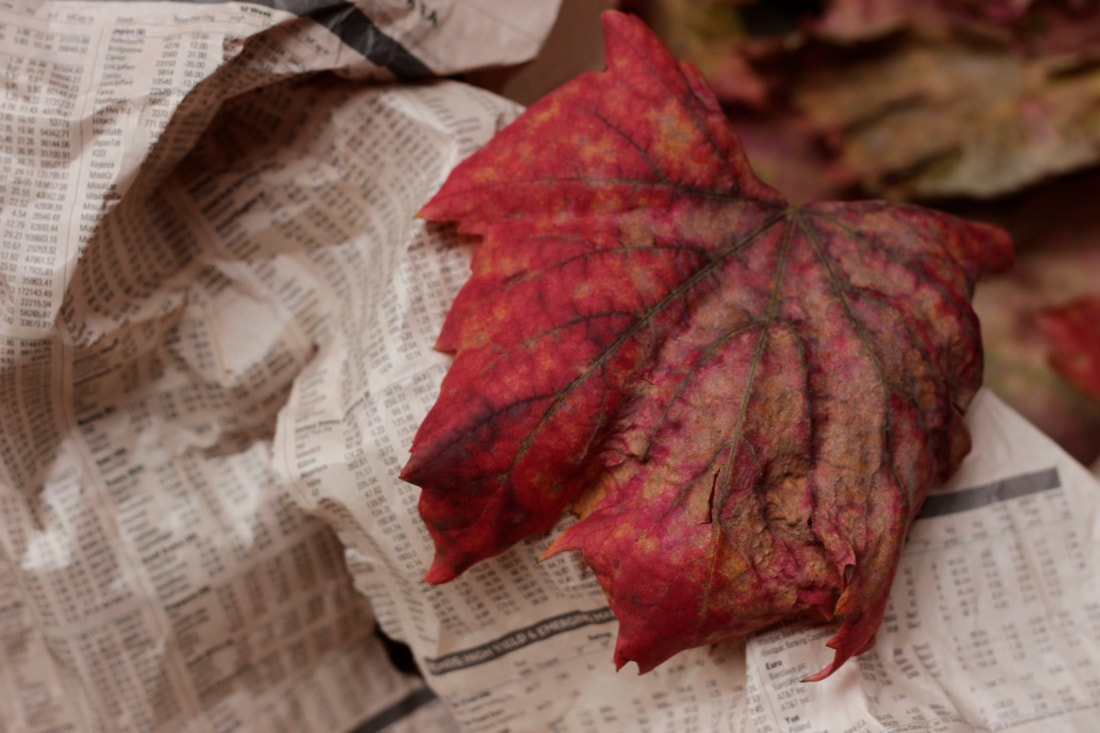
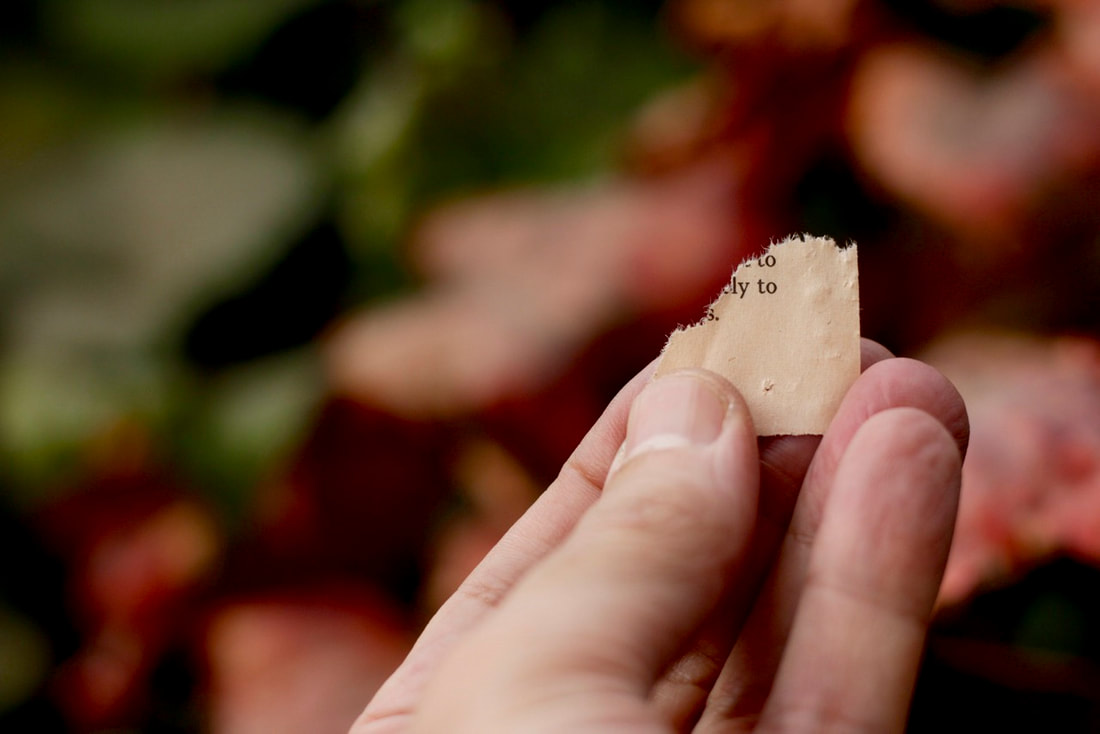
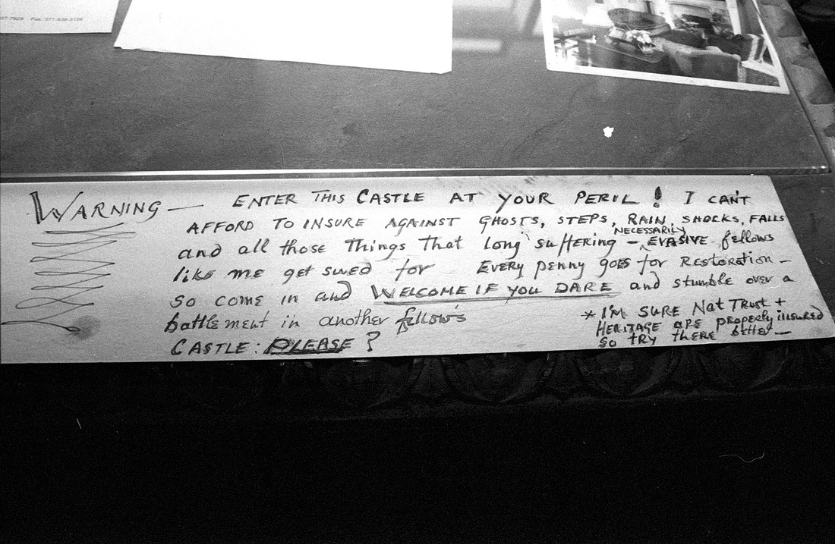
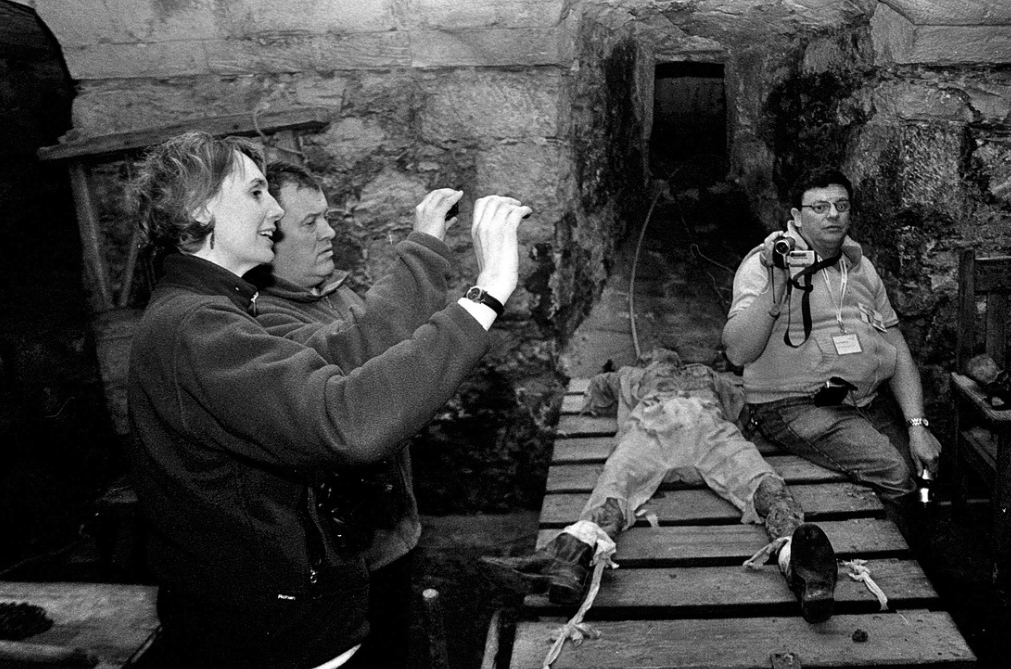
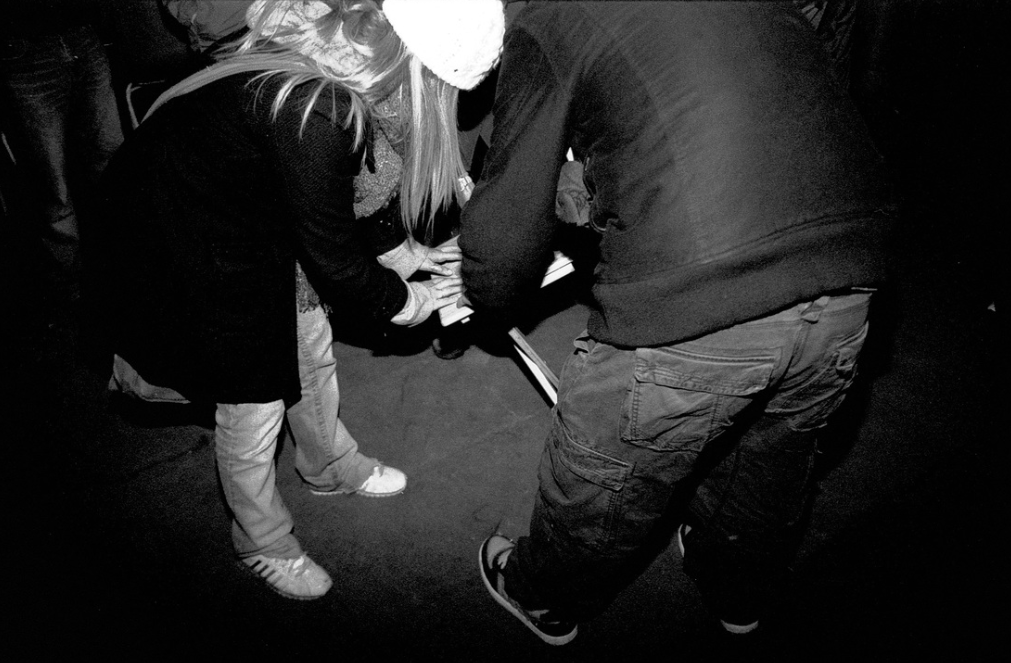
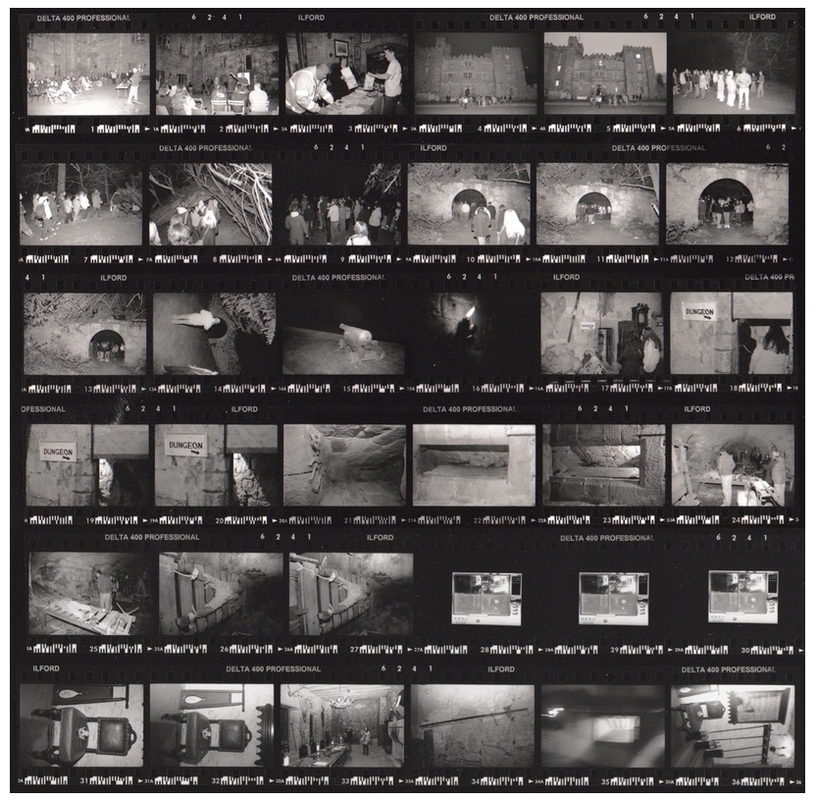
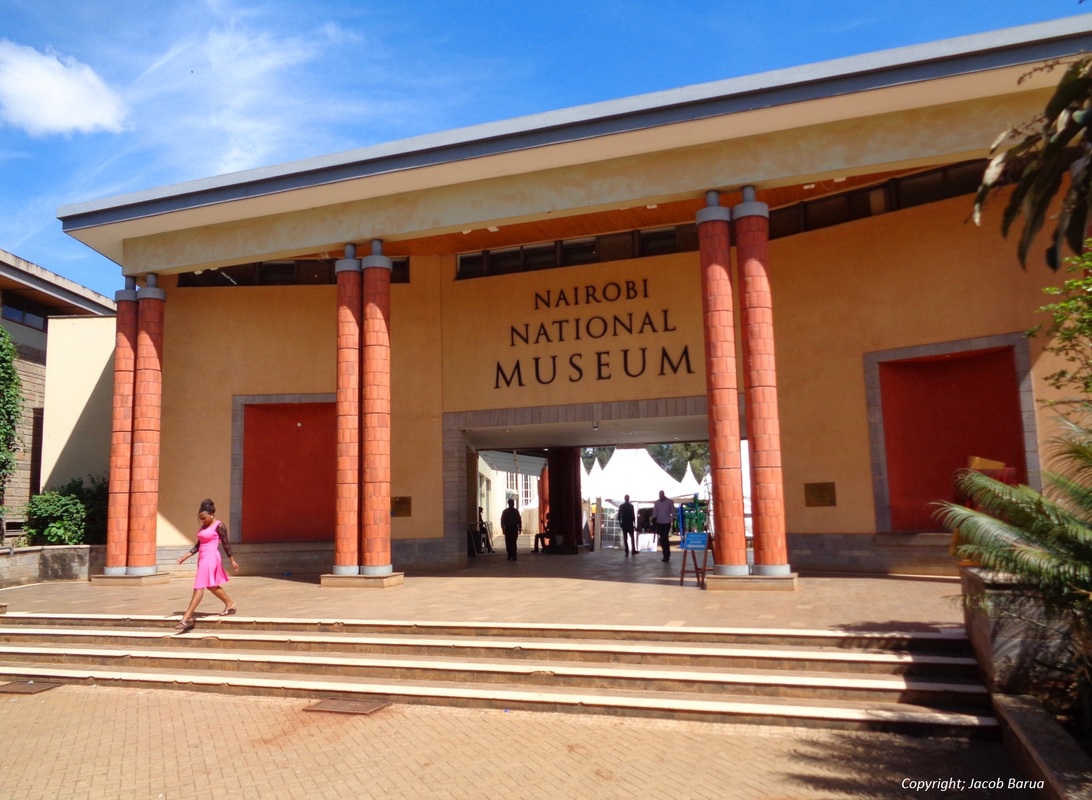
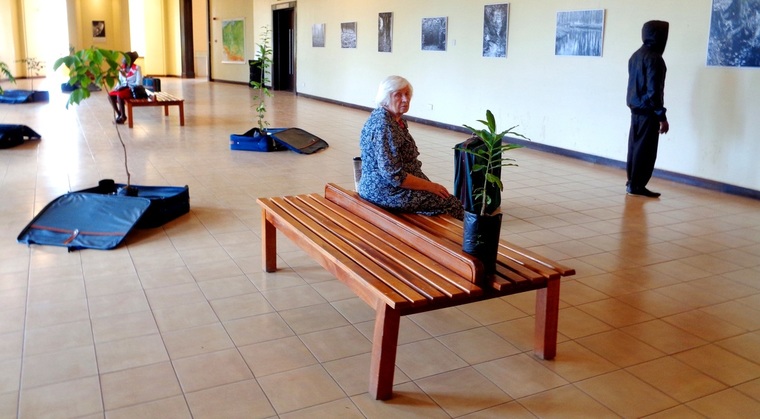
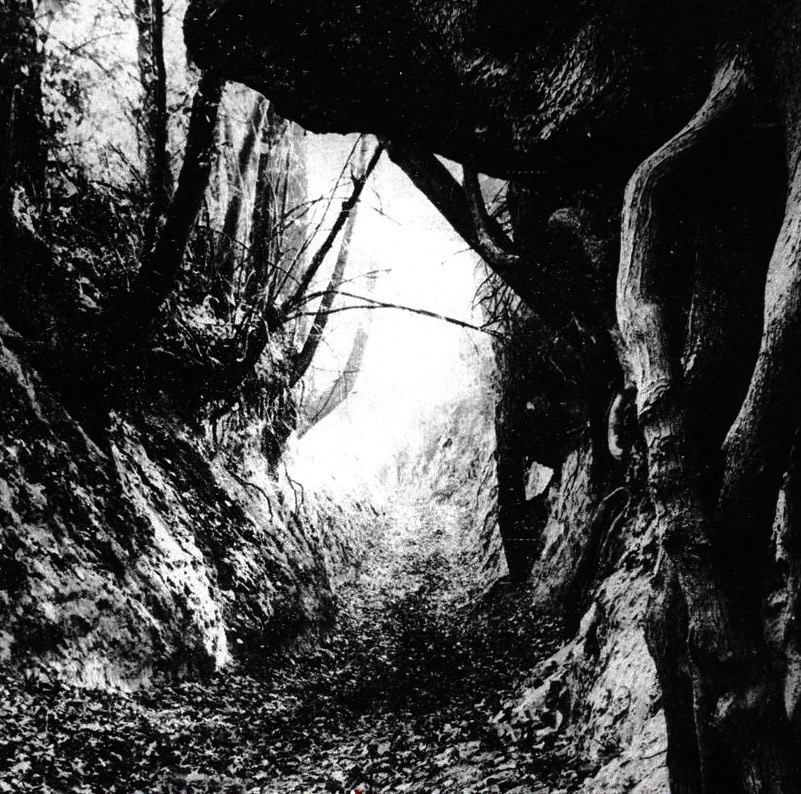
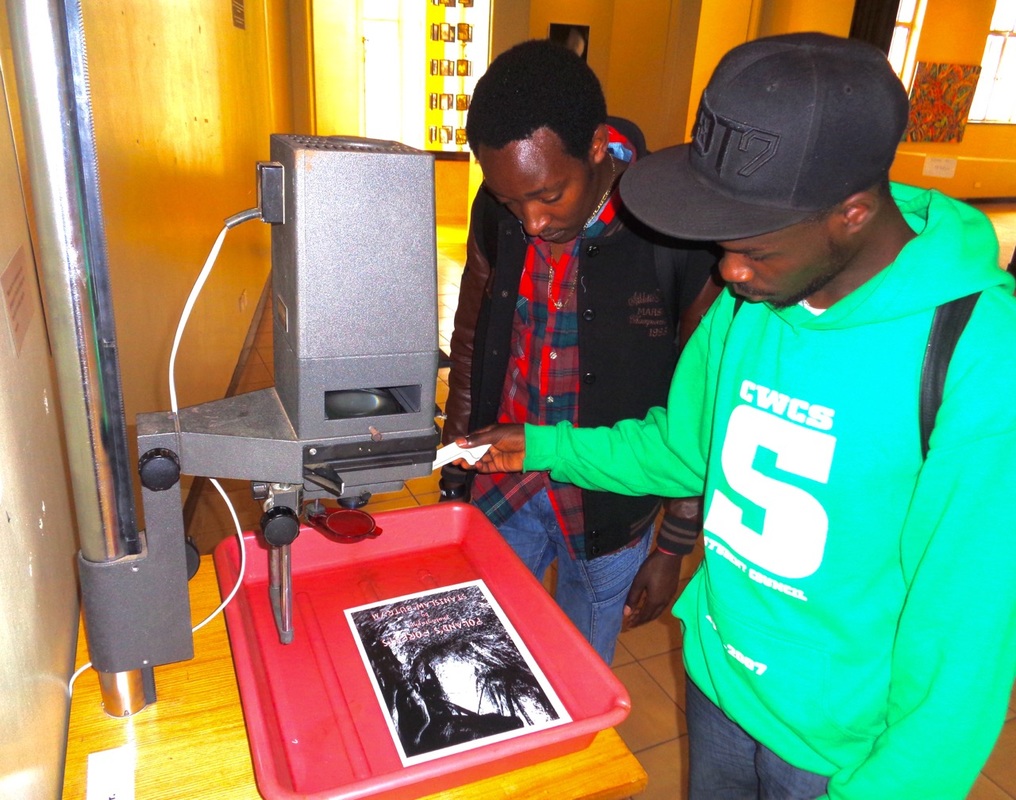
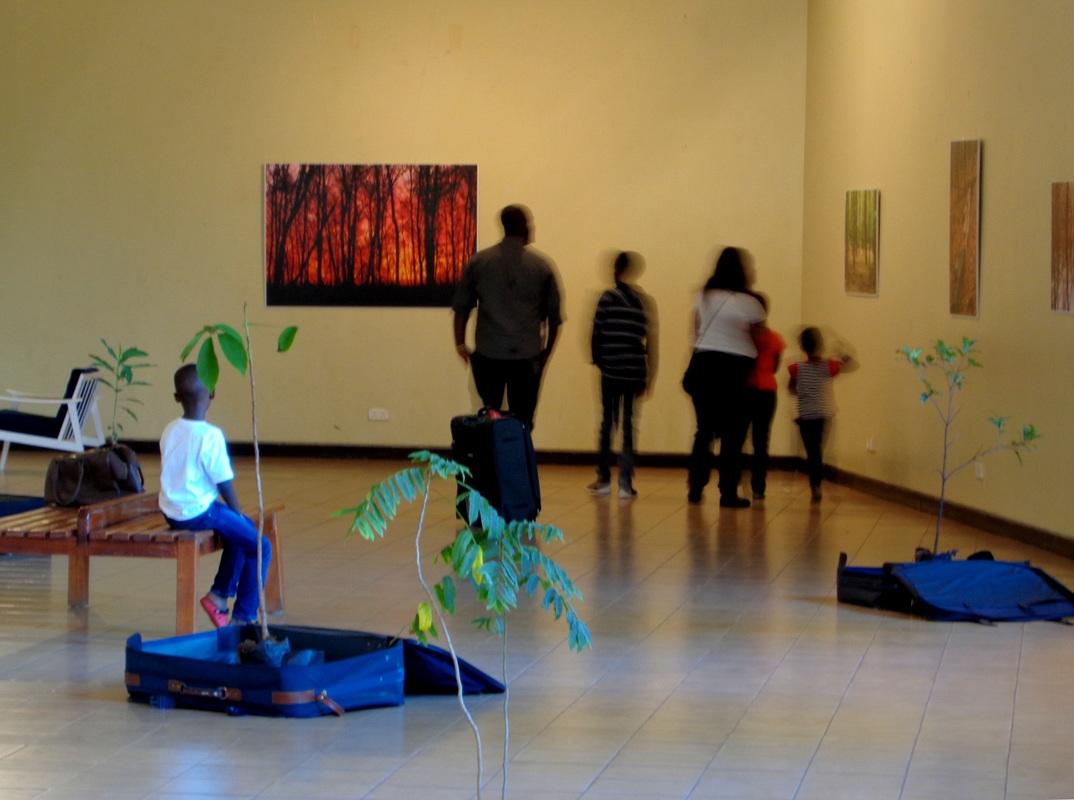
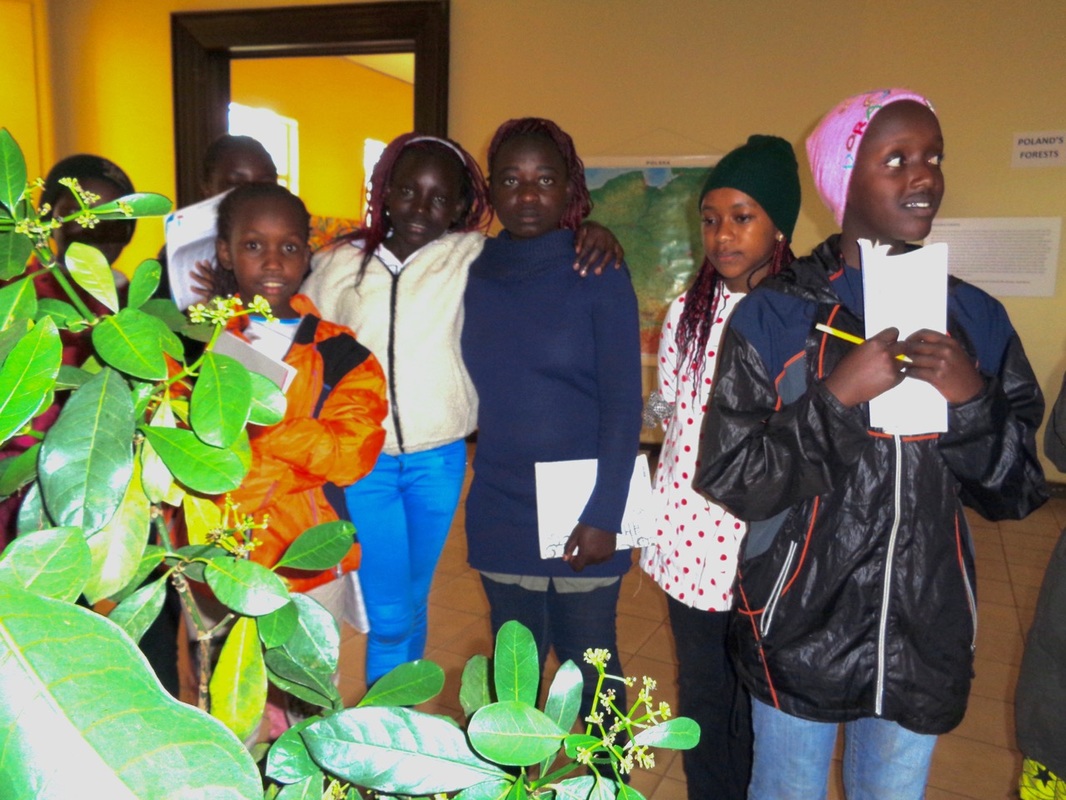
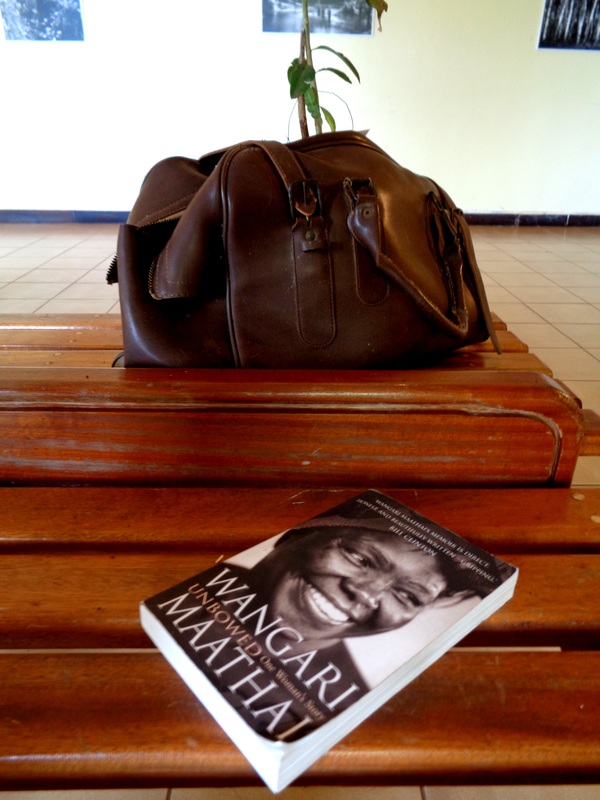
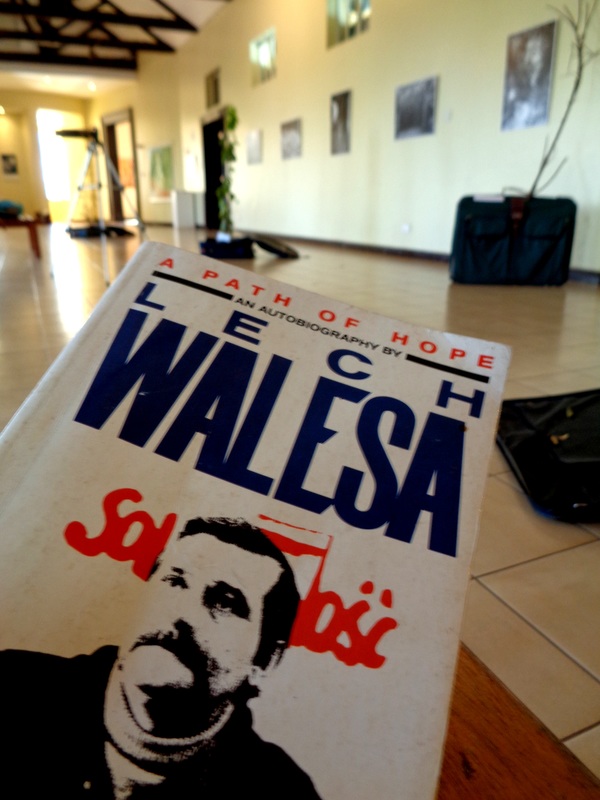
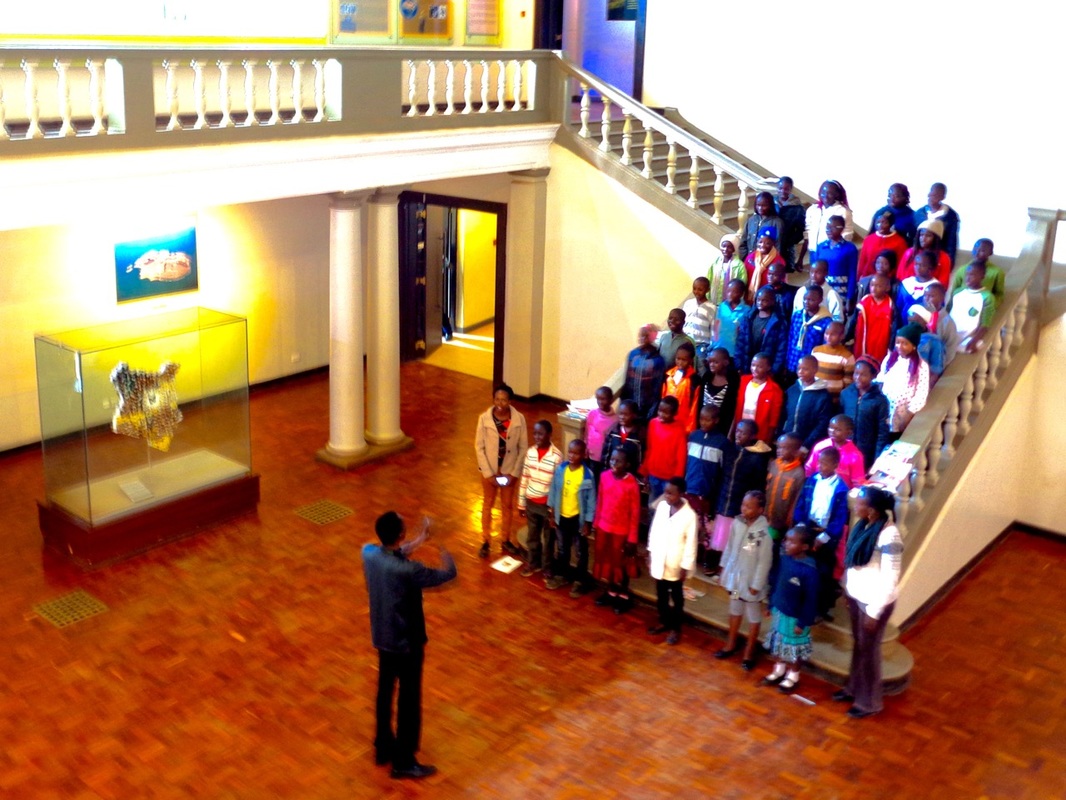
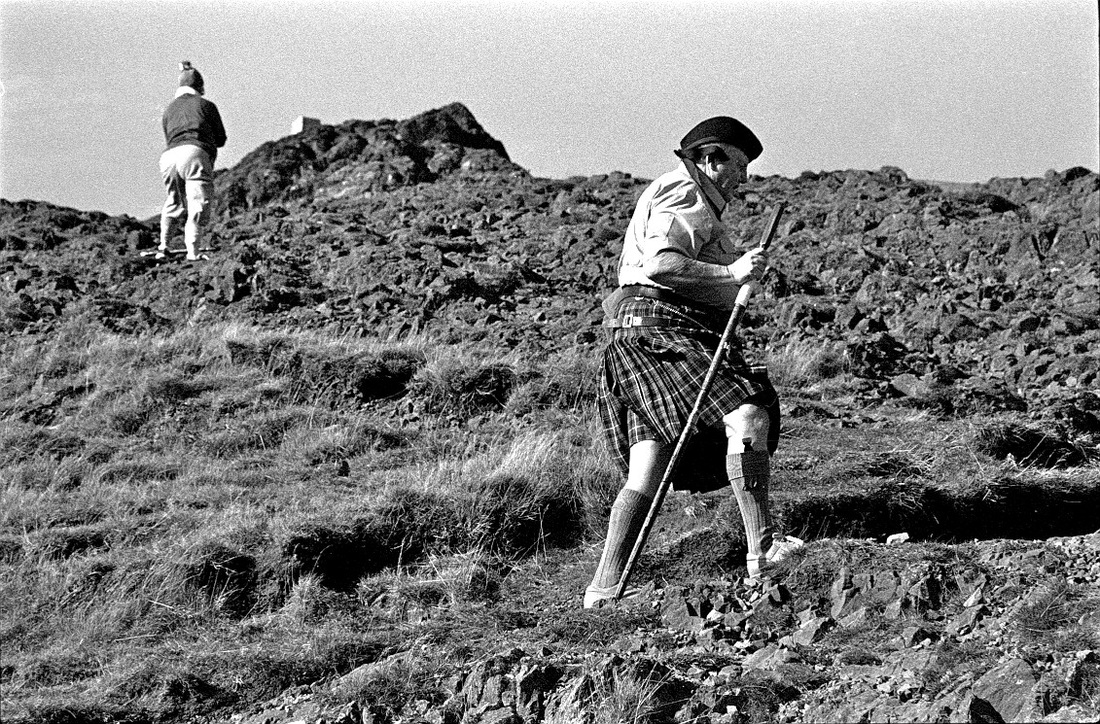
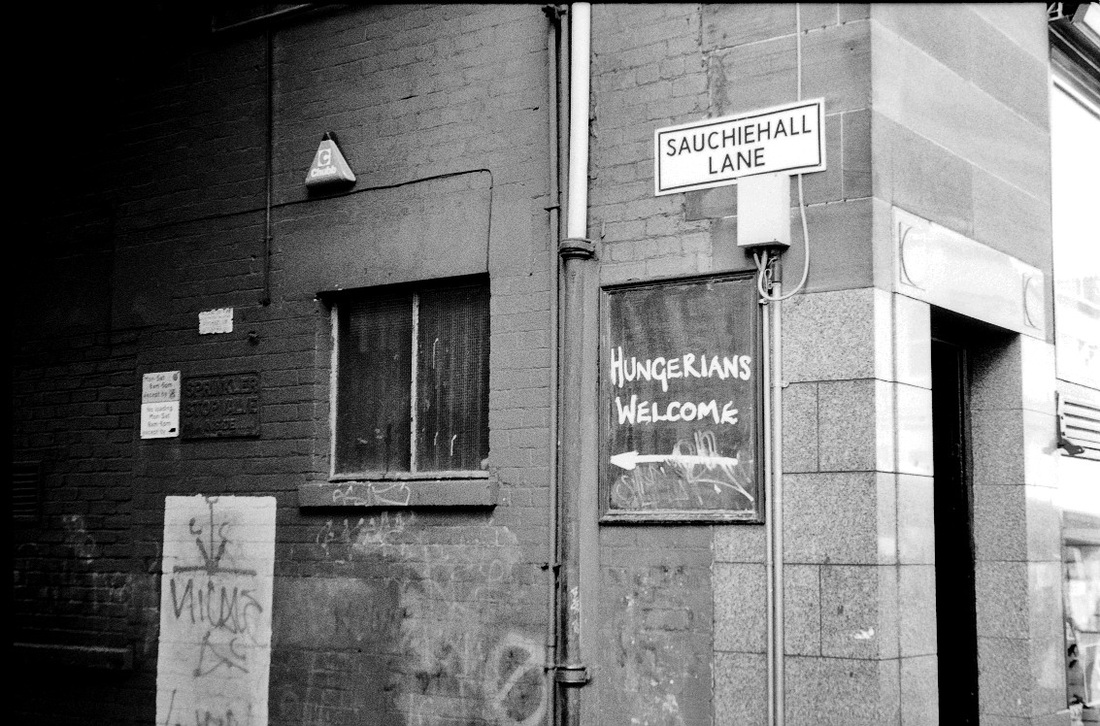
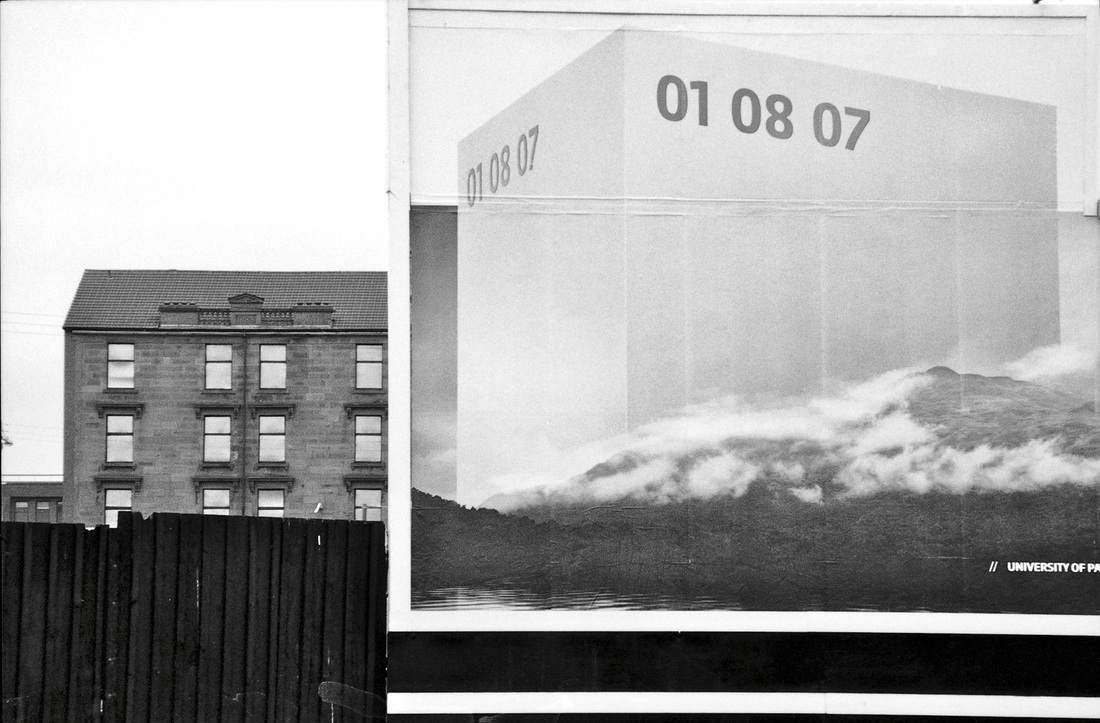
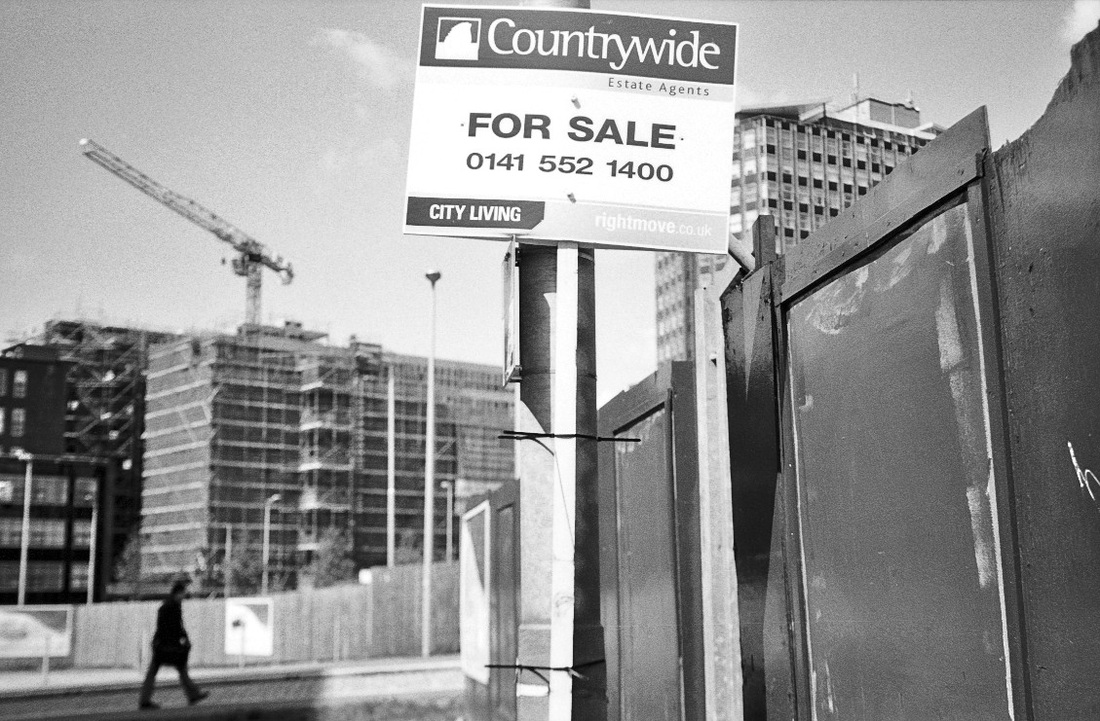


 RSS Feed
RSS Feed
